When looking at the Hisense E7NQ PRO in everyday use, it is immediately clear that this is a television designed with a wide audience in mind. The picture, while not immediately striking, gains a lot after proper calibration. The colours then appear more natural, and the brightness at around 500 cd/m² makes it easy to comfortably watch in a sunny living room. The wide viewing angles offered by the IPS panel are an added bonus – we no longer have to fight for the best spot on the couch. Dolby Vision can enhance the overall experience, while in SDR mode the TV displays a really pleasant picture. Sports and gaming fans will find even more reasons to be satisfied here. The high refresh rate (144 Hz) ensures smooth movements of the ball across the field, and low latency, VRR, ALLM, and compatibility with G-Sync and Dolby Vision in games caters to those who value responsiveness and immersive gaming experiences. Because of all this, the E7NQ PRO becomes an interesting option for computer gamers as well. The VIDAA system works quite efficiently – there are plenty of apps available, although it lacks typical music apps like Spotify or Tidal. However, you can count on recording, AirPlay, mirroring, and decent compatibility with wireless devices. Yes, there are some shortcomings and imperfections – especially regarding subtitle support from USB or perfect management of brightness and contrast, and the lack of HGIG may disappoint the most demanding gamers. When we gather all impressions and experiences, the E7NQ PRO emerges as a device that will perform well in many situations. It has its advantages – such as wide viewing angles, pleasant picture after calibration, plenty of additional features, and great motion fluidity in sports or gaming. At the same time, it's worth remembering that this is not a television intended for those seeking perfect experiences for evening screenings in complete darkness. In low light, the shortcomings of contrast and black levels become more obvious, which is why we suggest that those planning mainly evening viewing consider alternatives among competitors. Nonetheless, as a versatile solution for everyday use – from watching television in a bright living room to playing console and computer games – the E7NQ PRO performs quite solidly.
- Matching (Score)
- Our verdict
- TV appearance
- Where to buy
- Contrast and black detail
- HDR effect quality
- Factory color reproduction
- Color reproduction after calibration
- Smoothness of tonal transitions
- Image scaling and smoothness of tonal transitions
- Blur and motion smoothness
- Console compatibility and gaming features
- Input lag
- Compatibility with PC
- Viewing angles
- TV efficiency during daytime
- Details about the matrix
- TV features
- Apps
- Playing files from USB
- Sound
Hisense E7NQ PRO vs Philips PUS8500
Direct compare
PUS8500 / PUS8560 / PUS8510 / PUS8600

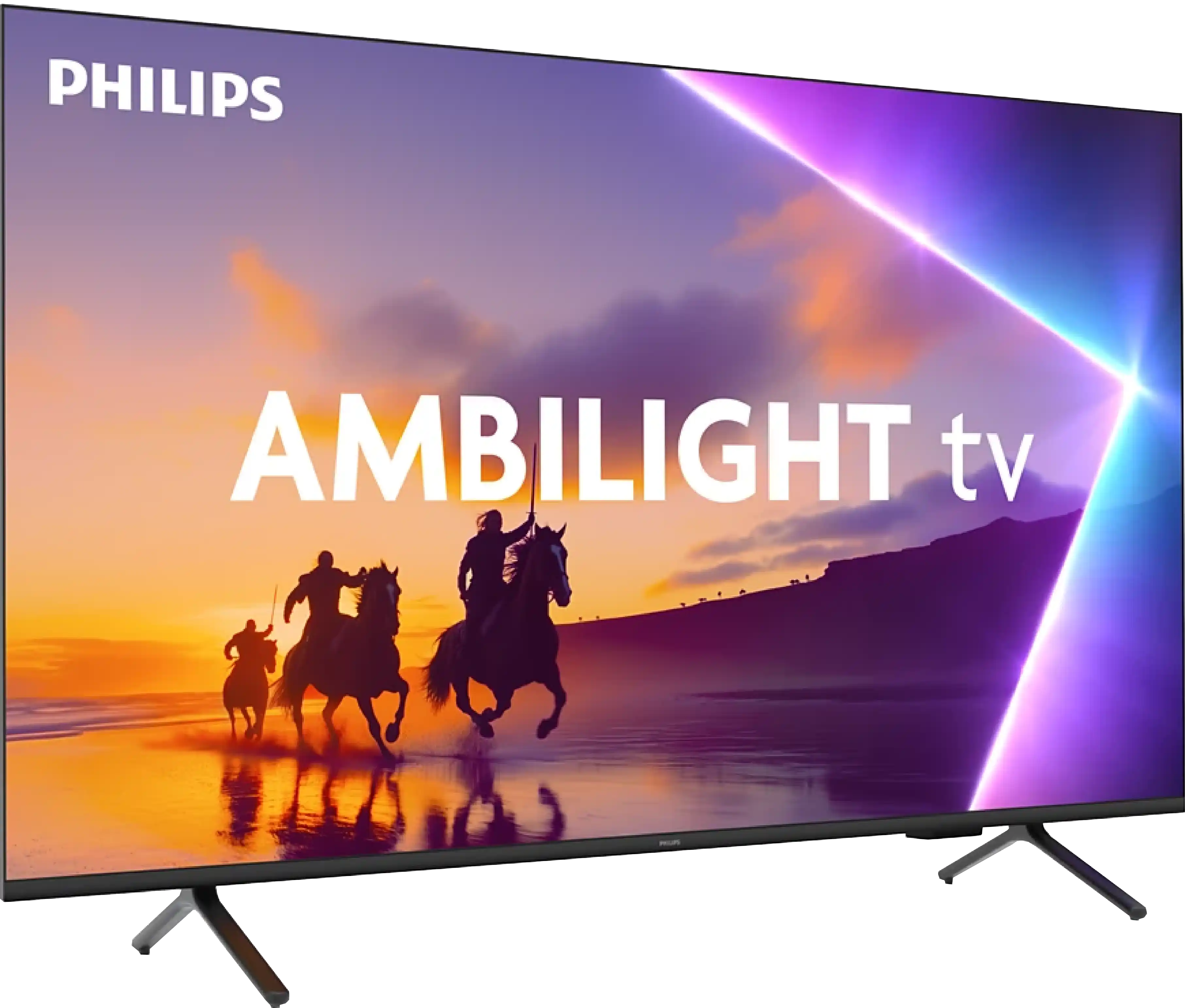
Panel type: LCD IPS
Resolution: 3840x2160
System: VIDAA
Model year: 2024
Complete the survey to find out the result

Panel type: LCD VA
Resolution: 3840x2160
System: Titan OS
Model year: 2025
Complete the survey to find out the result

Overall rating
7.0
5.6
Movies and series in UHD quality
6.4
5.4
Classic TV, YouTube
6.3
6.1
Sports broadcasts (TV and apps)
6.6
5.2
Gaming on console
8.0
6.7
TV as a computer monitor
7.6
5.6
Watching in bright light
6.2
4.9
Utility functions
8.9
4.9
Apps
7.7
4.6
Sound quality
7.0
6.2
Complete the survey to find out what fits your preferences
Advantages
Wide viewing angles thanks to the IPS matrix
Good colour potential after calibration
High refresh rate (144 Hz), VRR, ALLM, and G-Sync for gamers
Support for Dolby Vision
A good number of additional features (recording, AirPlay, mirroring)
Support for key audio formats (Dolby Atmos, DTS:X)
Relatively low input lag
Ambilight System
High native contrast - VA panel
Low input lag
Essential features for gamers: ALLM and VRR
Full support for audio formats: Dolby Atmos and DTS
Backlit remote with numerical keypad
Disadvantages
Average contrast and black levels
Issues with subtitle playback from USB
Missing HGIG support
In some scenes, issues with HDR brightness management
Unavailability of some popular music apps (Spotify, Tidal)
Average panel brightness
The TitanOS system feels unfinished (some features don't work, gaps in applications)
Infrared remote control
Font readability issues (PC)
Our verdict
Ambilight because that's exactly where we need to start, it's the biggest reason to buy the PUS8500. The three-sided backlighting on the TV looks fantastic, especially in the evening. It creates atmosphere, masks contrast imperfections, and makes viewing simply more enjoyable. Even if the black isn’t perfect here, at high contrast the native VA panel is just good. On top of that, there’s really decent input lag and several gaming features like ALLM and VRR. Although there’s no HDMI 2.1 or 120Hz panel, casual gaming should be a pleasure. Especially since it plays responsively and without delays. Let’s add full support for audio formats – it includes both Dolby Atmos and DTS, so soundbar owners also have something to be happy about.
But let’s not kid ourselves – this is still a budget TV, and at times that’s quite obvious. Brightness is average – not so weak that you can't watch anything, but if you hit an exceptionally sunny day, watching under such conditions without blinds can be problematic. However, in our opinion, the biggest disappointment with the PUS8560 is the Titan OS operating system. Despite the fact that the system debuted some time ago, some things just didn’t work – for example, screen mirroring from a phone despite the manufacturer stating that this feature is present. There are fewer apps than the competition, and the system itself feels a bit clunky. Generally, it seems to do something already, but it clearly lacks refinement.
Of course, this isn’t a TV meant to compete with top models. But if someone is looking for something simple, with the cool atmosphere that the Ambilight system provides, it’s quite a fair proposition. You just need to know what to expect and accept the compromises, of which there are plenty here.
TV appearance




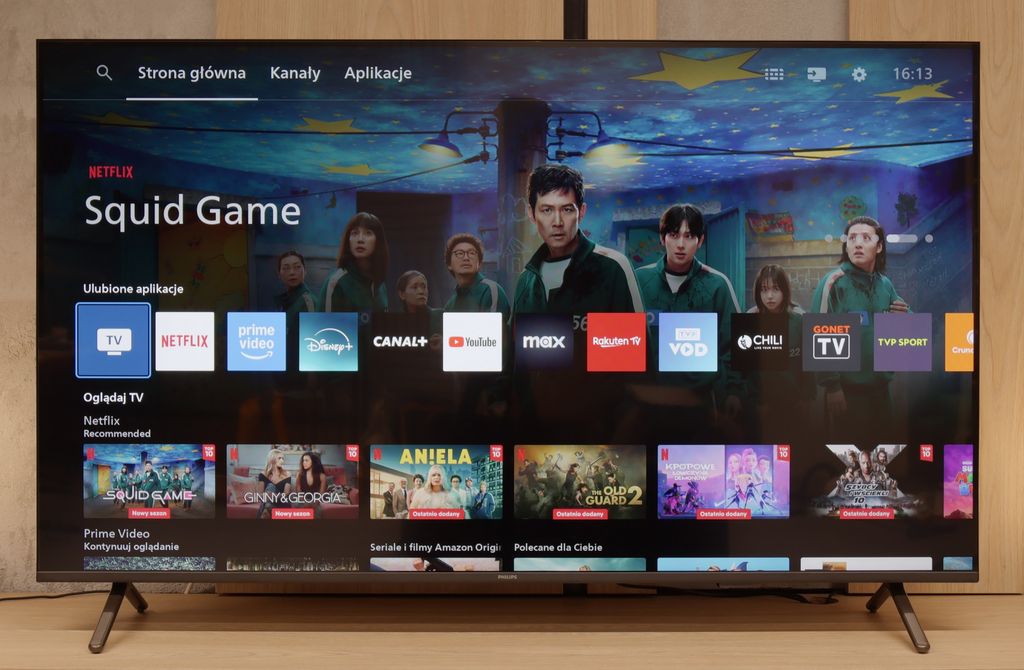
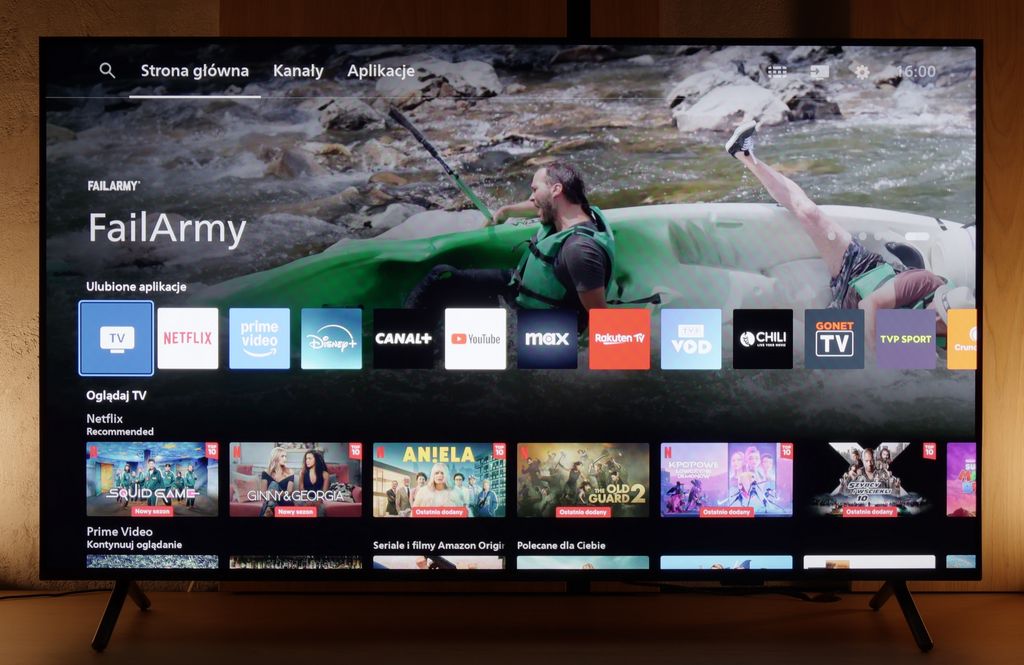
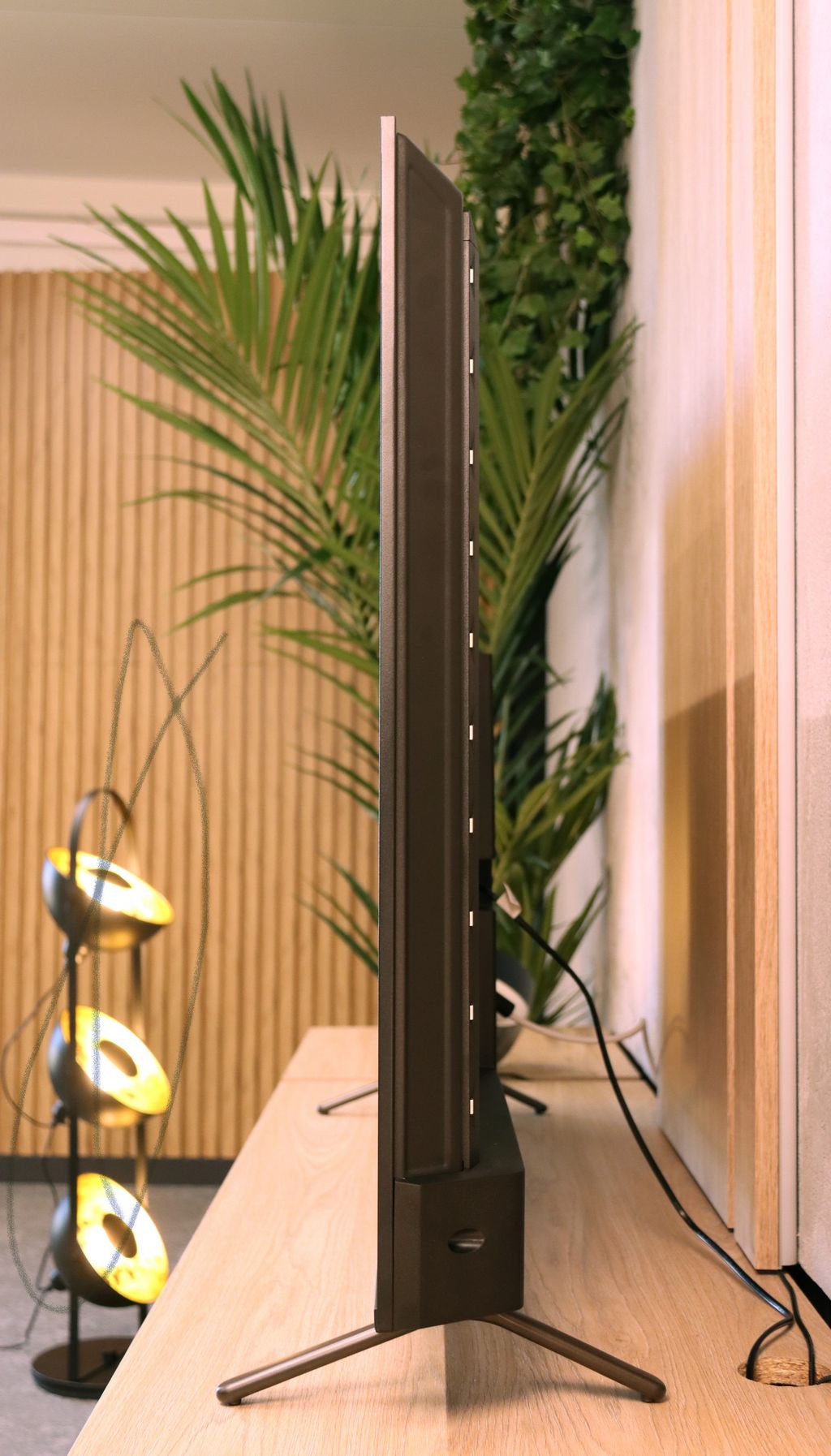
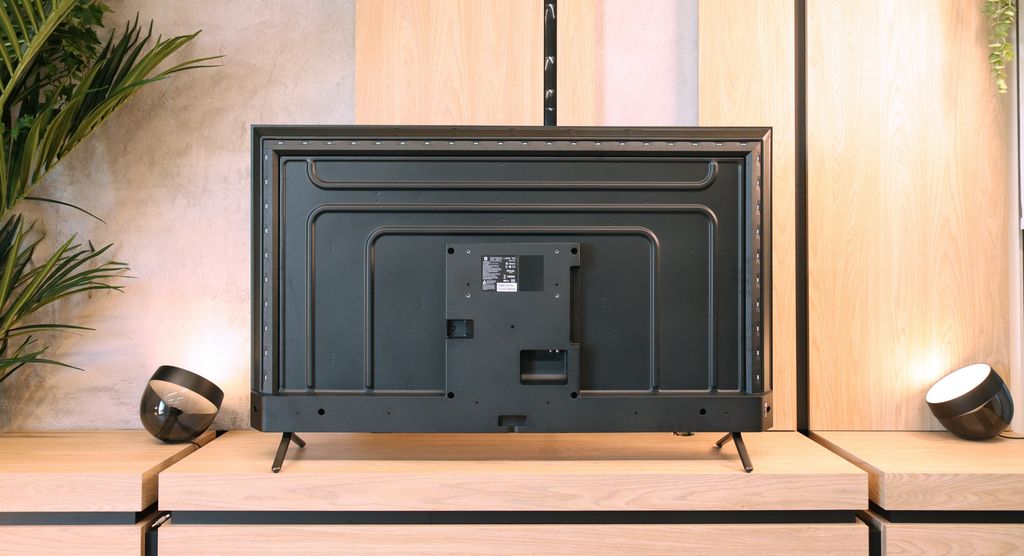
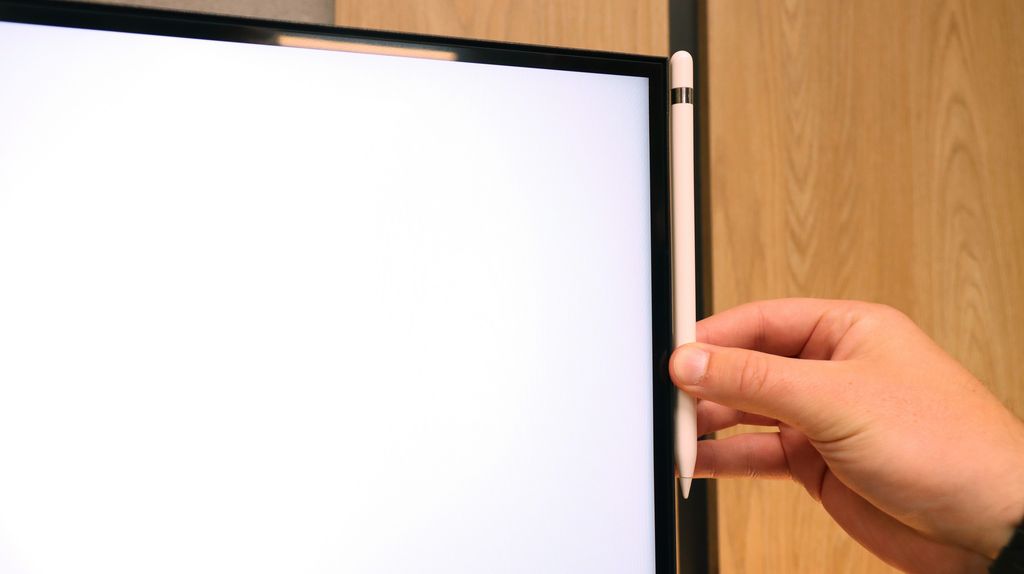
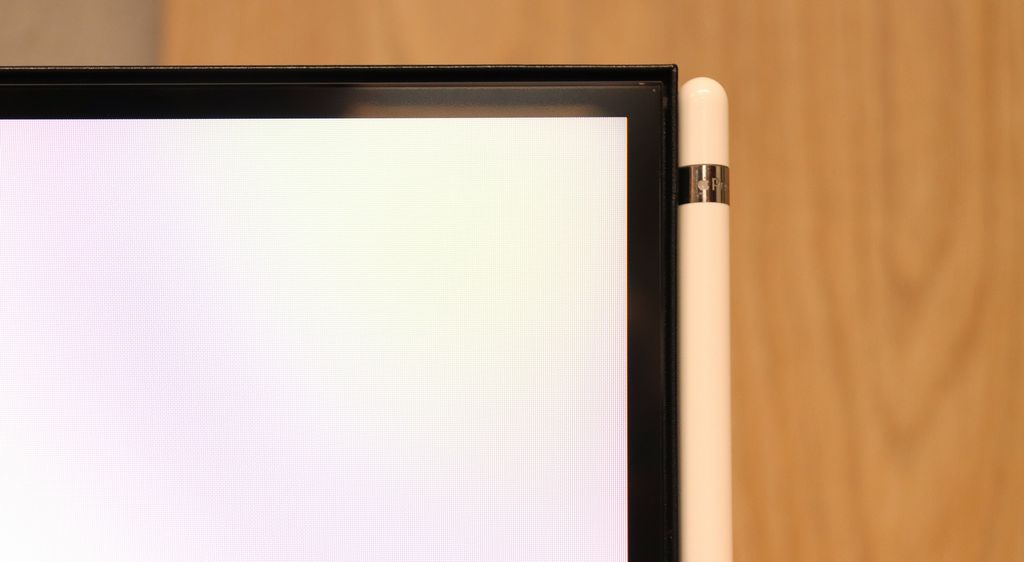

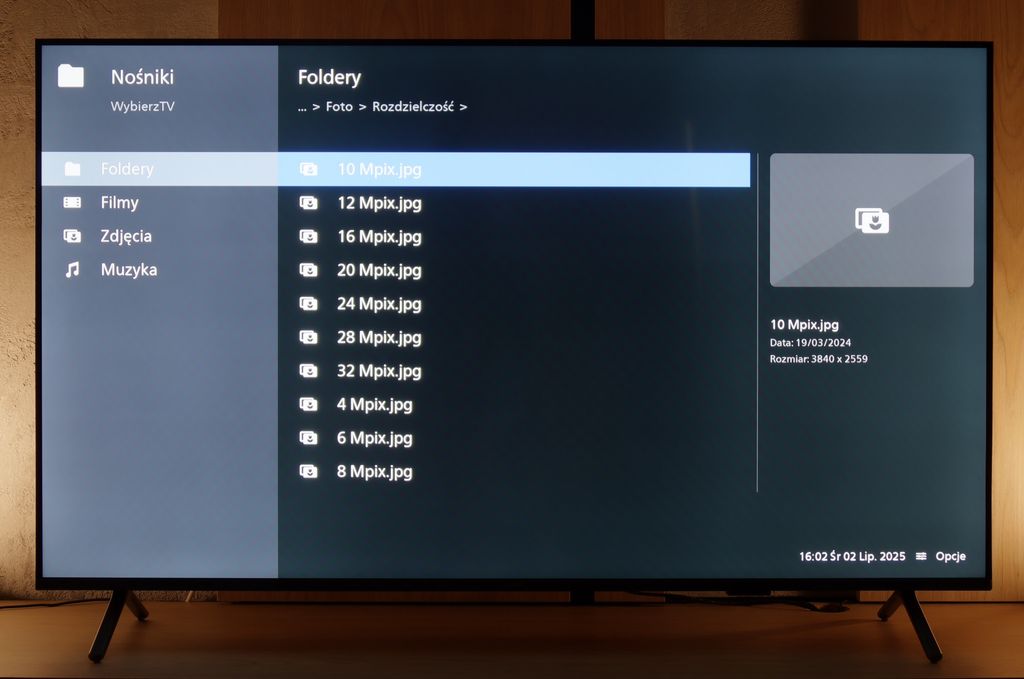
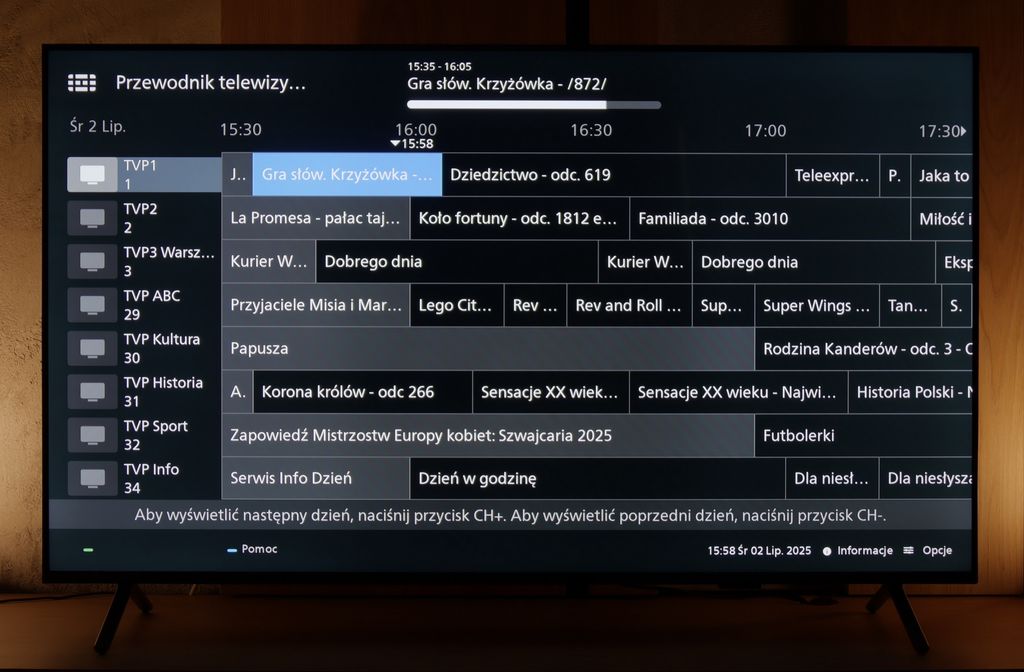
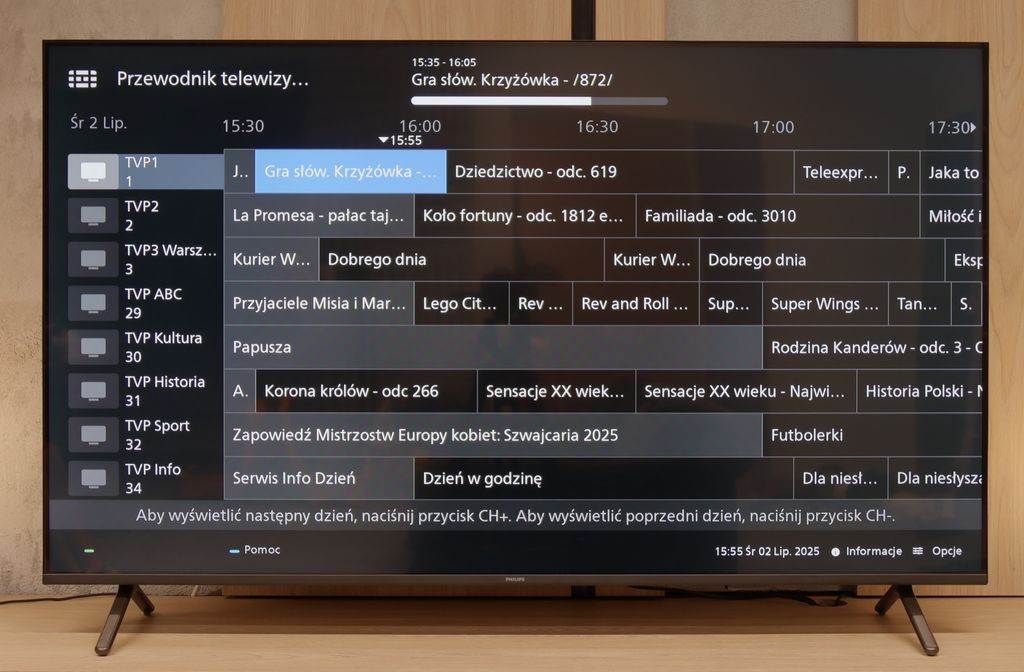
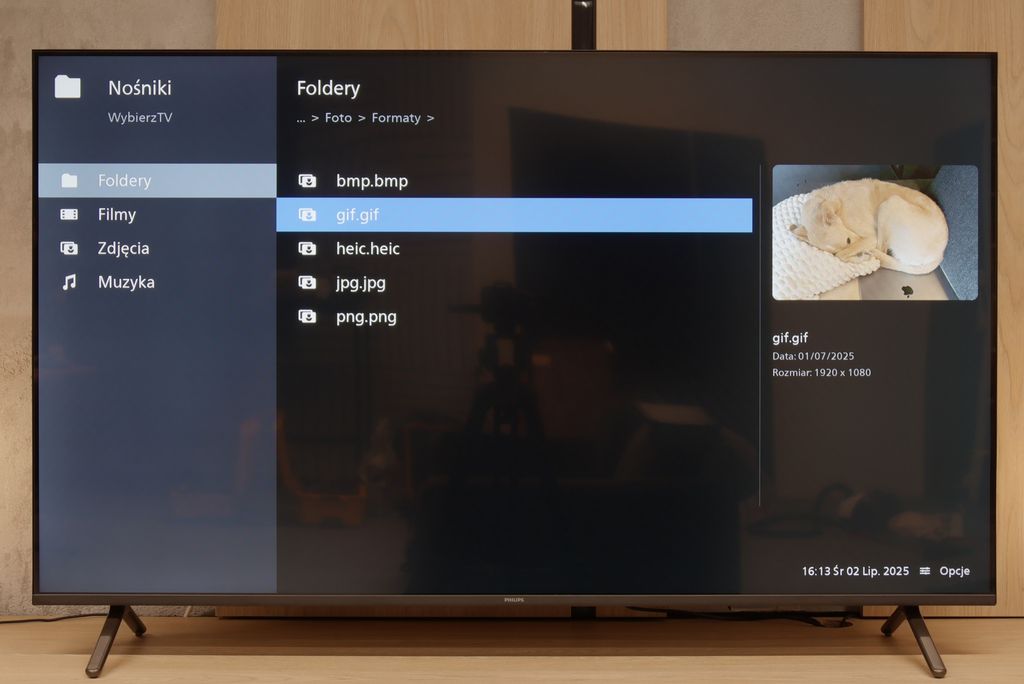
Contrast and black detail
5/10
6.1/10
Local dimming function: Yes, number of zones: 32 (4 x 8)
Local dimming function: No
Contrast:

Result
7,850:1

Result
4,150:1

Result
4,400:1

Result
2,500:1

Result
1,550:1

Result
6,000:1

Result
5,950:1

Result
6,250:1

Result
5,950:1

Result
5,750:1
Halo effect and black detail visibility:

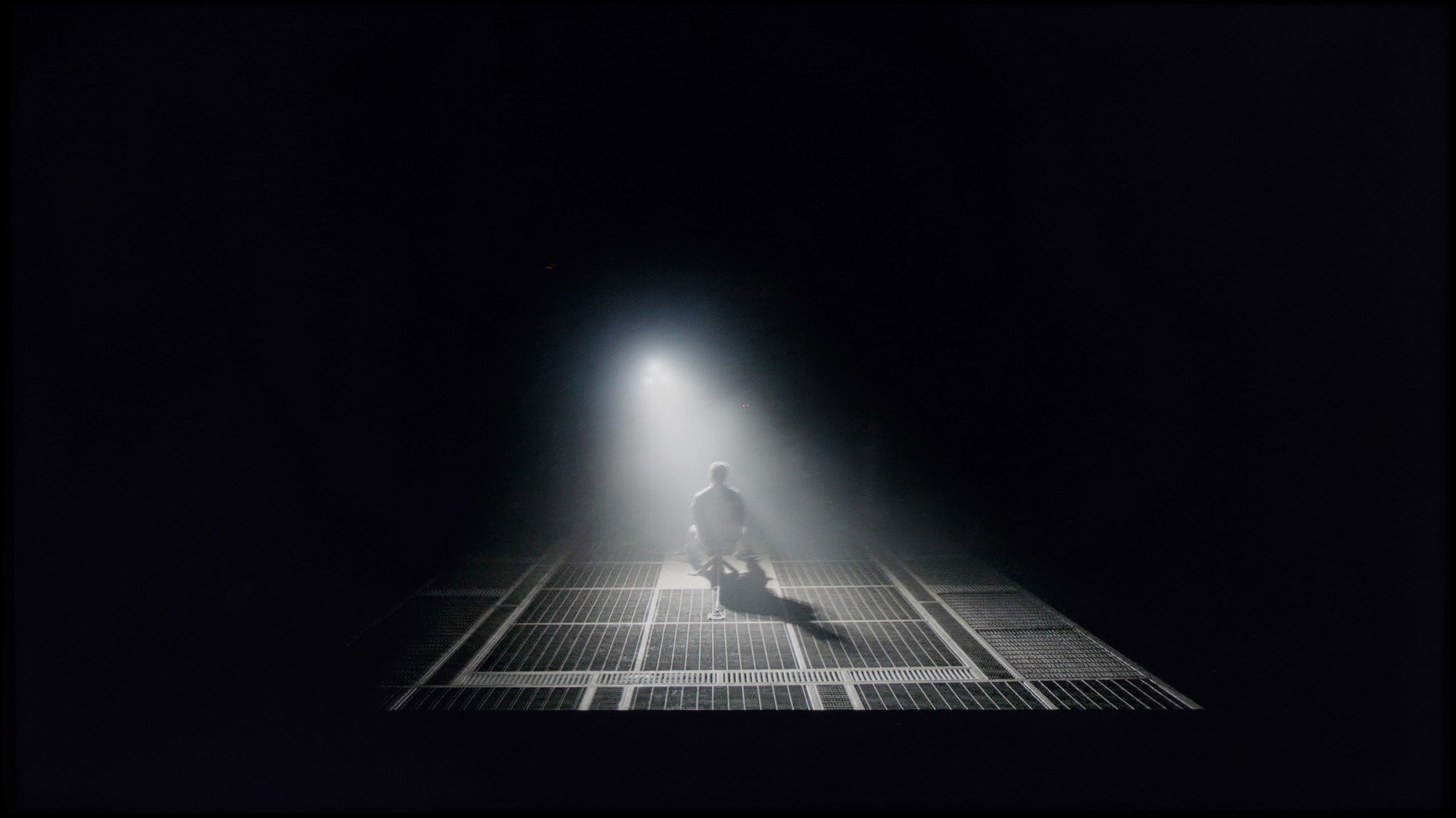
The Hisense E7NQ PRO we've tested, in the 65-inch version, uses an IPS panel, which unfortunately isn't known for high contrast. As a result, black appears slightly "washed out" and occasionally takes on a silvery hue, which is clearly visible in our pictures. The manufacturer tried to address this by equipping the TV with local dimming functionality. Unfortunately, in this 65-inch model, we only have 32 zones available, which, while it helps a bit, is definitely not enough to achieve truly impressive results – especially since the panel itself cannot provide a cosmic depth of black.
During testing, we observed highly varied results. Under optimal conditions, it managed to reach around 7800:1, which can be considered decent; however, in more challenging scenes, the contrast dropped to around 2000:1. Such values are at best average and simply do not befit a TV in this price range. Ultimately, while local dimming somewhat salvages the situation, what’s really lacking here is true deep, inky black and contrast that would leave a greater impression on us.
Philips PUS8560 in the size version we tested is equipped with a VA panel. This means that black levels – for an LCD TV – can be considered decent. And that is indeed the case with this model. Both blacks and the overall impression of contrast in the movie scenes we tested are really quite good – the image doesn't bleed, and details are visible even in more challenging segments.
But the panel alone is not everything. Unfortunately, the PUS8500 does not come with local dimming (which is a given looking at the TV segment), so one has to reckon with the fact that in completely dark conditions, black can resemble shades of navy more than true black. On the other hand – and here's a plus for Philips – the Ambilight system does an excellent job. The backlighting really affects the perception of contrast. As a result, even if technically the black isn't perfect, the subjective experience of the picture becomes much more enjoyable. For many people, that's enough to make an evening viewing really spectacular.
HDR effect quality
5.1/10
4.1/10
Luminance measurements in HDR:

Result
408 nit

Result
299 nit

Result
446 nit

Result
215 nit

Result
527 nit

Result
273 nit

Result
300 nit

Result
324 nit

Result
343 nit

Result
334 nit
Scene from the movie “Pan” (about 2800 nits)


Scene from the movie “Billy Lynn” (about 1100 nits)


Static HDR10


Dynamic: Dolby Vision
Dynamic: HDR10+


HDR luminance chart:
Philips PUS8500
Luminancja HDR
Luminance of RGB colors
Hisense E7NQ PRO
Luminancja HDR
Luminance of RGB colors
Based on the luminance chart, which indicates around 550 nits, it can be considered that Hisense E7NQ PRO theoretically has the potential to somewhat "enchant" us with its HDR image. Testing various scenes from movies, we noticed that the television continually tries to balance between maintaining appropriate brightness and preserving the deepest blacks. In favourable conditions – such as in a scene from “The Meg”, where the screen is flooded with bright light – this brightness can indeed impress us. At such moments, we feel that HDR actually adds that "something" to the image. Unfortunately, when difficult shots with fine, bright elements on a dark background appear on the screen, the situation looks much worse. Brightness then drops to 200-300 nits, which is definitely too little to really distinguish HDR from standard SDR.
It is clear that the television is trying, but the hardware limitations – mainly the small number of local dimming zones – prevent it from fully spreading its wings. The end result can therefore be quite inconsistent and as average as the contrast tests. On the plus side, it deserves credit for its impressive coverage of the DCI-P3 colour gamut at 97%. This allows the television to present a truly wide range of colours, which, in the right scenes, can give us at least a glimpse of the real HDR effect. It’s just a shame that the whole picture isn't complemented by better control of brightness and contrast.
When it comes to HDR performance on the PUS8560, it's safe to say that it's rather average. The brightness of the panel is around 350 nits, so we consider this to be the absolute minimum for watching content in this format. However, it’s not a result that will impress viewers looking for the best possible picture.
On the plus side, it's worth noting that the PUS8500 series – including the PUS8560/12 tested here – is marketed as a QLED television. And indeed, we can expect a wider colour gamut here. This model is equipped with an additional filter (PFS), and the DCI-P3 coverage of around 90% should suffice for most users. This filter operates very similarly to quantum dots. As a result, colours are quite well-saturated. It's not an outstanding result, but it's entirely sufficient for watching movies and series from streaming platforms.
Factory color reproduction
5/10
6.2/10


Factory Mode
After calibration

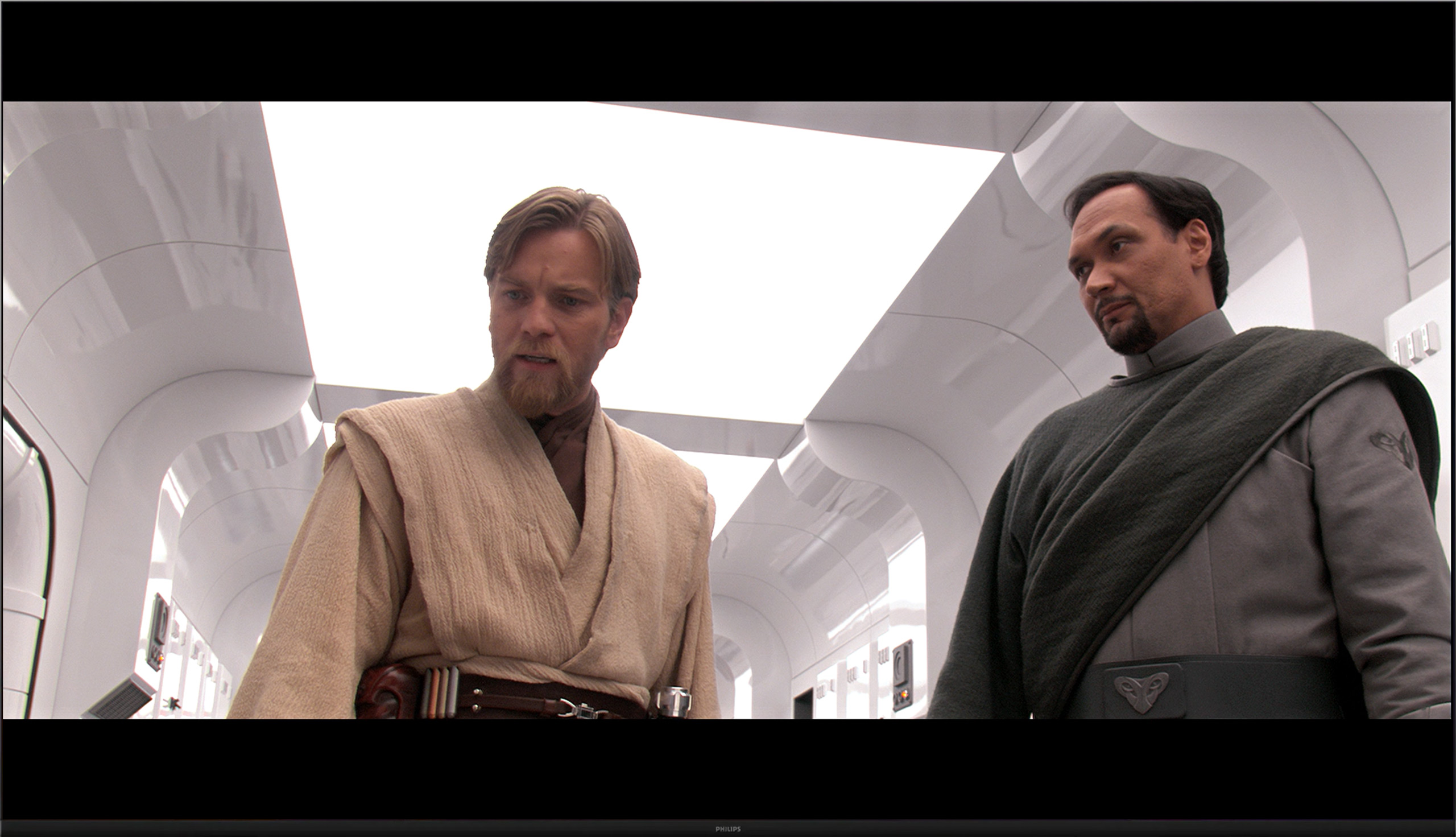
Factory Mode
After calibration
When we took our copy of Hisense E7NQ PRO out of the box, we immediately started checking the available picture modes. Among them, the Filmmaker mode seemed the most promising, although it wasn't without its flaws. With standard SDR content, we noticed a clear tendency to overemphasise red, making the picture appear unnaturally warm. This was particularly evident in the comparison photo attached below. Conversely, when we switched to HDR content, the situation took a turn in the opposite direction. This time, blue was dominant, and there was hardly any red, resulting in a cool, at times almost "store-like" appearance — although not as drastic as in modes specifically designed for showcasing in displays. As a result, in our tests assessing colour reproduction, these disturbances in colour balance led to significant errors.
Additionally, the television had trouble reproducing brightness characteristics. At lower resolutions, it clearly brightened the darkest elements of the image, and with HDR content, the brightness curve (eotf) simply wouldn't align as it should. Initially, the television excessively darkened the smallest details, only to then over-brighten larger areas. Fortunately, the E7NQ PRO provides us with a lot of calibration tools, so knowing there was potential within it, we decided to take matters into our own hands and try to set it up to eliminate these issues.
We tested the television on the best available factory settings, that is, in Film/Filmmaker mode – this is the mode we recommend for everyday viewing. Unfortunately, it is not without its flaws. Both in HD and HDR content, the image had a distinct tendency to pinkness, caused by an excess of red and blue in the white balance. Another issue turned out to be excessive brightness of the image, as confirmed by both the gamma graph and the EOTF curve. This characteristic was responsible for the loss of detail and washed-out colours in more challenging HDR scenes we mentioned earlier. All of this led to quite significant colour reproduction errors – in extreme cases, the delta E value exceeded 7, while the threshold for visibility of errors for the human eye is about 3. This situation can be improved through calibration, and you can read about its effects below.
Color reproduction after calibration
7.1/10
8.4/10




Thanks to the tools available in E7NQ PRO, we've managed to squeeze a pretty decent image out of it, especially with lower quality content. After fine-tuning the white balance of the SDR materials, the colours look much more natural, and what we see on the screen seems closer to the vision the producer intended to present. Additionally, we've improved the brightness characteristics (Gamma), so the TV no longer tends to over-brighten, and everything looks noticeably better than before our intervention.
With HDR materials, we also achieved some improvements, although it's not as rosy here. Yes, the white balance has approached an acceptable level, but the problem lies elsewhere. It's about the EOTF curve, which is how the TV manages brightness and tonality of the image. At first glance, one might think that the biggest issue concerns only the mid-tones, which are overly brightened. However, after more detailed testing and activating the EOTF curve visualisation filters, it becomes clear that the receiver has a tendency to brighten the entire screen. This seems to be a limitation due to the small number of local dimming zones and generally modest brightness management capabilities. Such hardware limitations are simply insurmountable. Nonetheless, after our calibration, the image is noticeably better than at the start. One just needs to be aware that in terms of contrast and brightness management, this model has its limits, which even a good calibration cannot fully overcome.
The Dutch manufacturer offers quite a large dose of settings in its products, so as usual, we decided to tinker with them a bit. The effects are immediately noticeable – we managed to correct the white balance, which made the image cease to appear overly pinkish. The brightness characteristics were also partially equalised, of course within the limits that the television itself allows. The picture is no longer so excessively brightened, and the overall reception after calibration is definitely better than in the factory settings of the Filmmaker mode.
You could only nitpick about the characteristics of the EOTF curve, which still indicates that the image tends to brighten HDR content. Despite our efforts, the darkest parts of the scenes can still be too bright, and the brightest ones do not always reach their full contrast potential. However, it must be clearly stated that we are dealing with a typically budget-oriented design – one cannot expect reference-quality rendering of HDR content from it.
Calibration has definitely helped this model – it improved the balance, toned down the aggressive colour palette, and brought the image closer to what one can expect from a well-configured movie mode. However, there are certain limitations that cannot be overcome.
Smoothness of tonal transitions
9.2/10
6.3/10





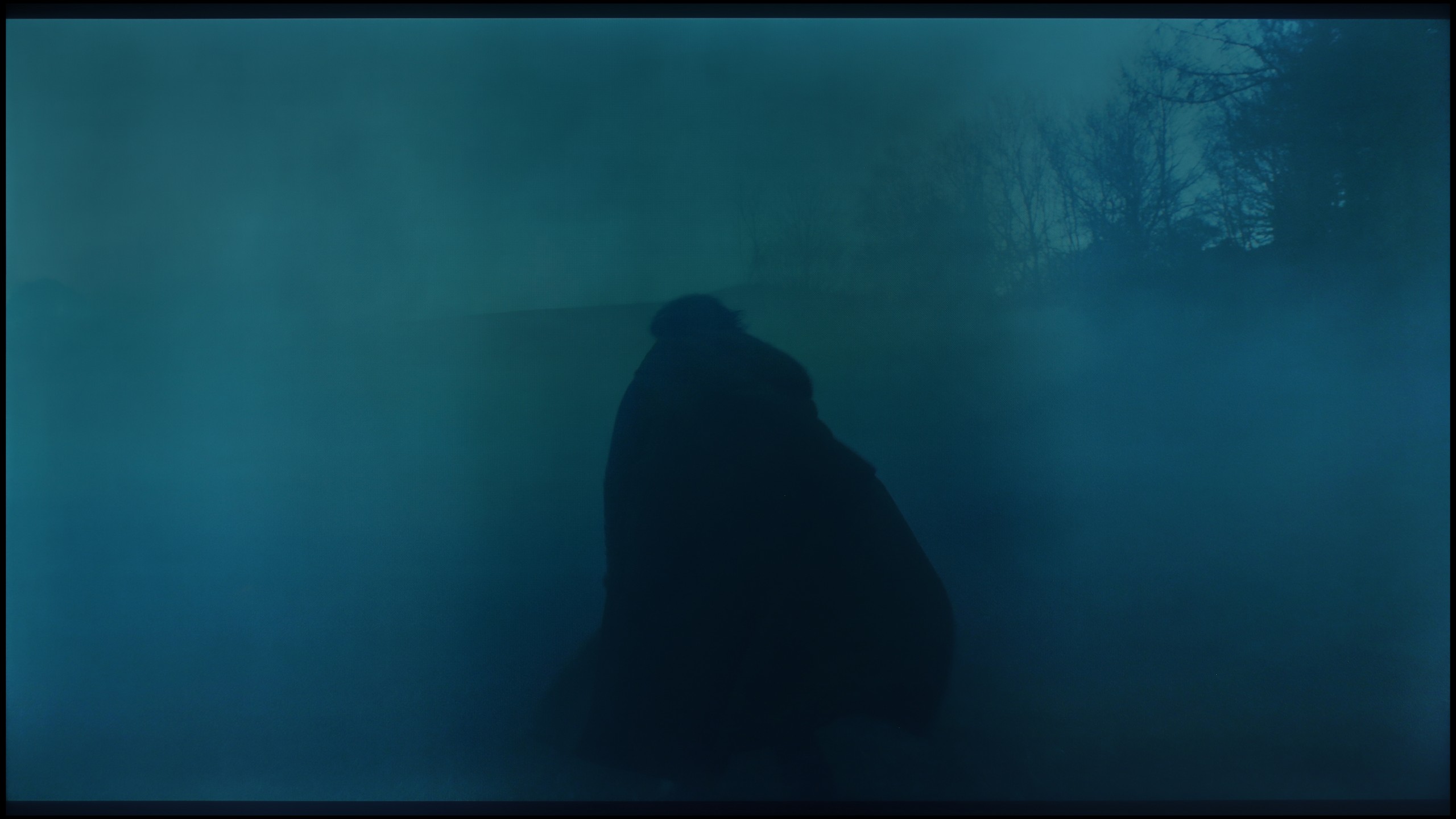

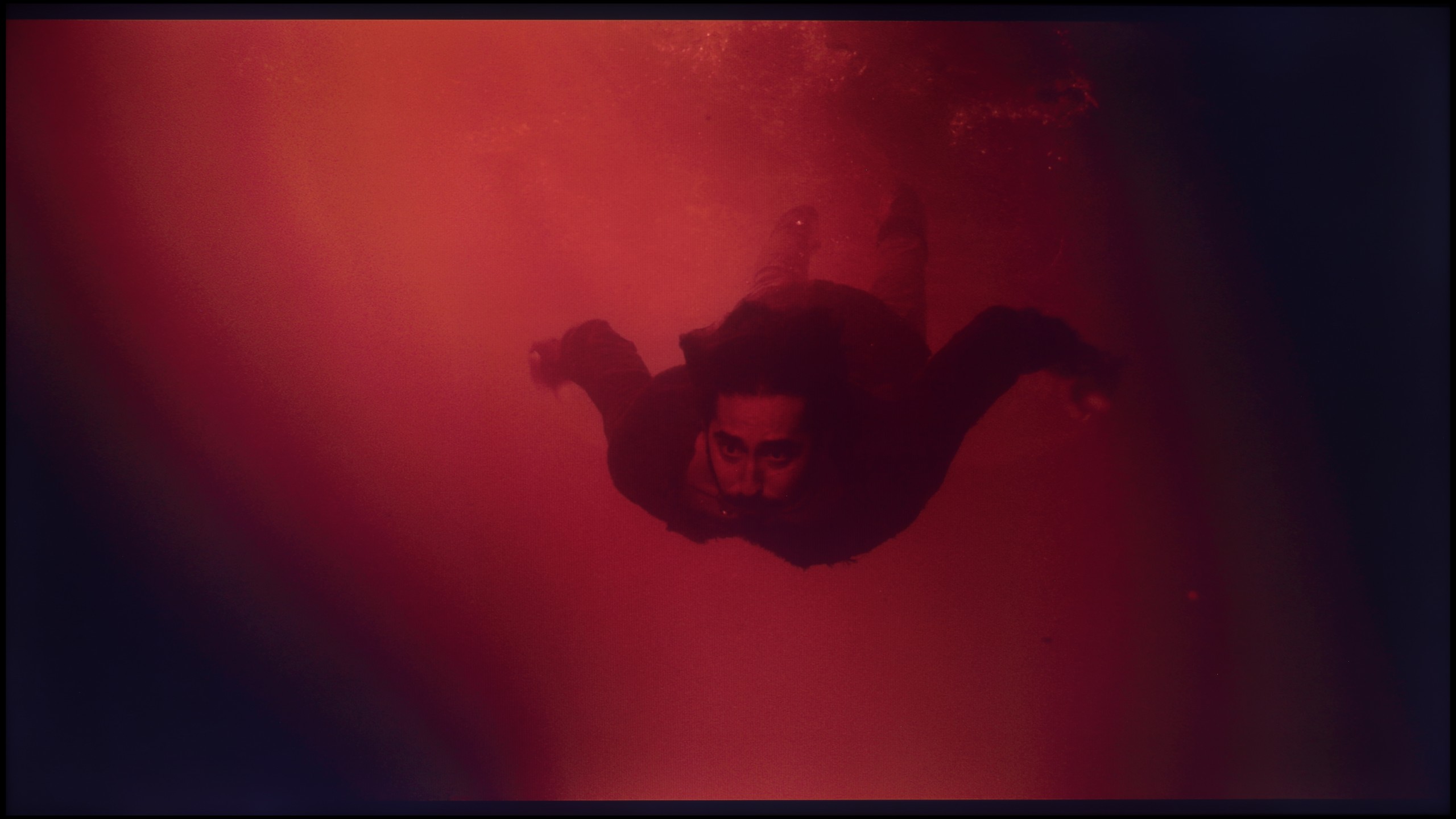




We must honestly admit that the fluidity of tonal transitions in this TV is right at the top of what we've had the opportunity to test in 2024. Even in really demanding scenes, we hardly notice any noticeable "steps" between colours. Yes, with a keen eye, one might spot some minor flaws, but that's at a level that's almost microscopic. You really need to have a very "alert" eye to catch them. This, in turn, means that when watching even the most complex shots in a full spectrum of colours, you can simply focus on the story and visual impressions without the annoying, artificial effect of posterization.
The PUS8560 handles colour blending into smooth gradients very well. During testing, the image appeared coherent and natural, with serious issues regarding tonal transitions occurring only in very dark scenes – for example, in a shot with red water, where subtle cut-offs between colours could be observed. However, these are rather exceptions that don’t spoil the perception of most content. It’s worth mentioning another phenomenon that has a greater impact on image quality – this relates to the so-called dithering, which is a slight “tingling” visible on solid backgrounds. This effect can be particularly noticeable in high-quality materials and may slightly detract from the impression of image clarity. It is for this fault that we deducted some points in the rating.
Image scaling and smoothness of tonal transitions
6/10
6.1/10
Smooth transition function

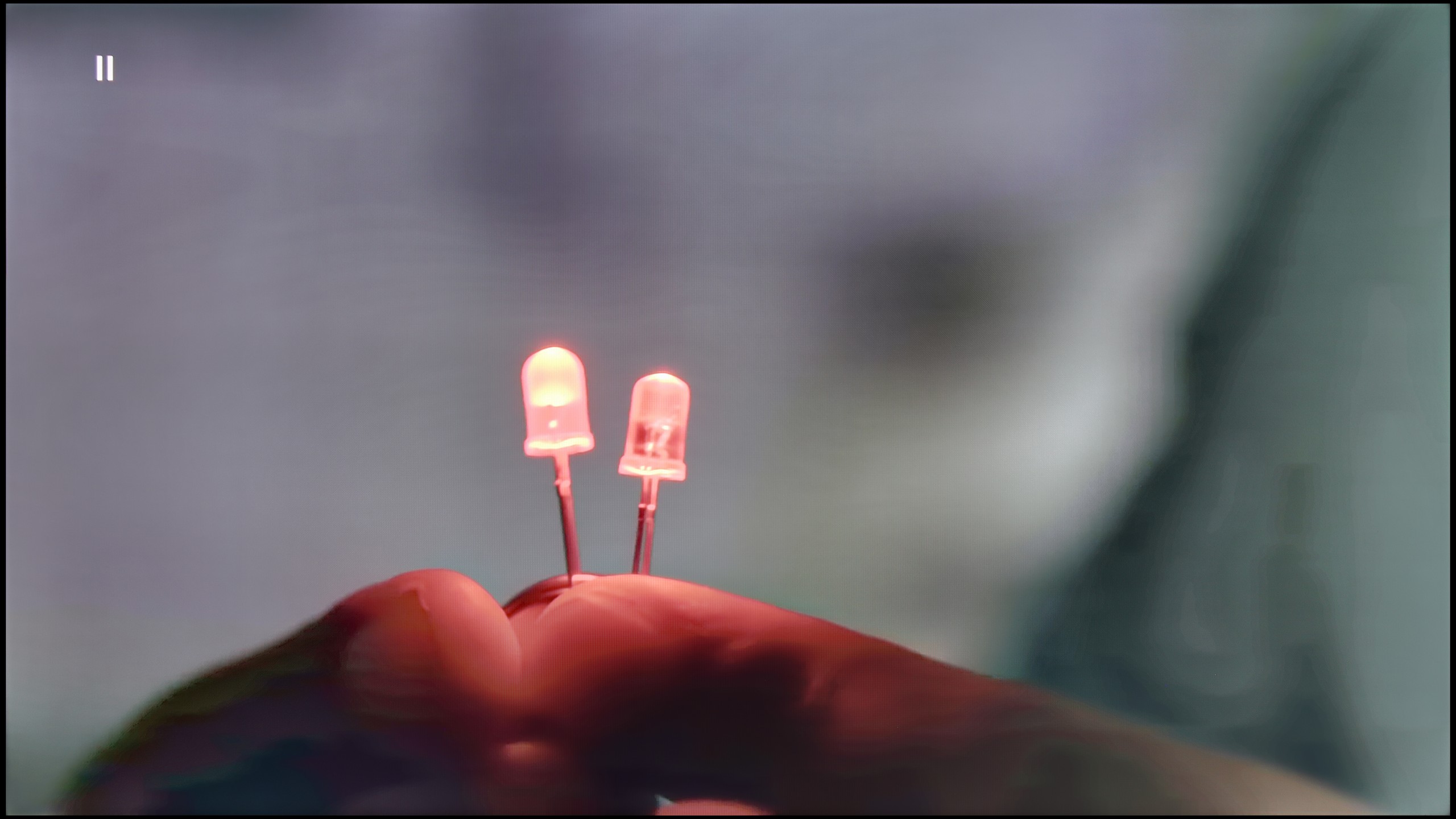
Image without overscan on the SD signal


When it comes to the tonal transition smoothing function in lower quality materials, the “smooth and gradient image” feature in Hisense E7NQ PRO unfortunately does not impress. At the lowest setting, the change is barely noticeable – it's more of a cosmetic improvement. Switching to “Medium” mode does produce a noticeable effect, but it's still nothing special, and the TV starts to excessively interfere with other elements of the image, which can look unnatural.
Image scaling is also rather average. On the test screen, where a portrait of a model and text are displayed, there are slight frays at the edges, making the overall presentation less smooth and aesthetic than we would expect in this class of device. It's just hard to talk about really effective improvement of lower resolution quality here.
Philips PUS8560 offers a deinterlacing function, hidden under the name “distortion reduction”. And while it indeed serves its purpose, smoothing out problematic tonal transitions, it operates a bit too broadly. In practice, it affects not just colourful gradients but also softens faces, clothing textures, and furniture surfaces. This undermines the authenticity of the image – especially in films where natural texture is of great importance. However, if someone is looking for smoothing at any cost, it’s best to set this option to “Low”. For cinema image enthusiasts – we definitely do not recommend it.
On the plus side, the quality of scaling older materials is worth noting – the PUS8560 model handles them surprisingly well. The image retains a natural softness without artificially boosted sharpness. It’s also worth mentioning that the TV correctly displays very low-resolution content, avoiding issues with image cropping (so-called overscan).
Blur and motion smoothness
7/10
4/10


Blur (native resolution, maximum refresh rate):




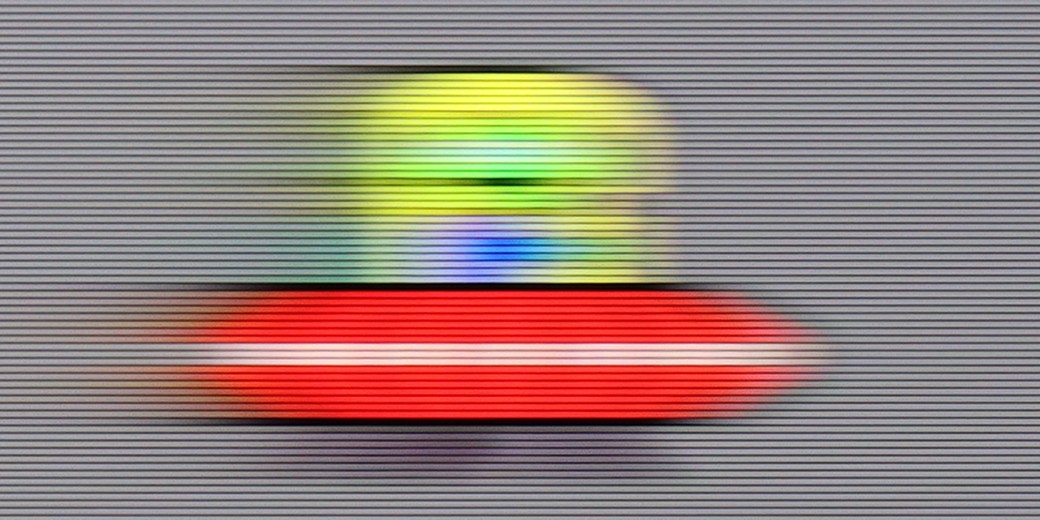
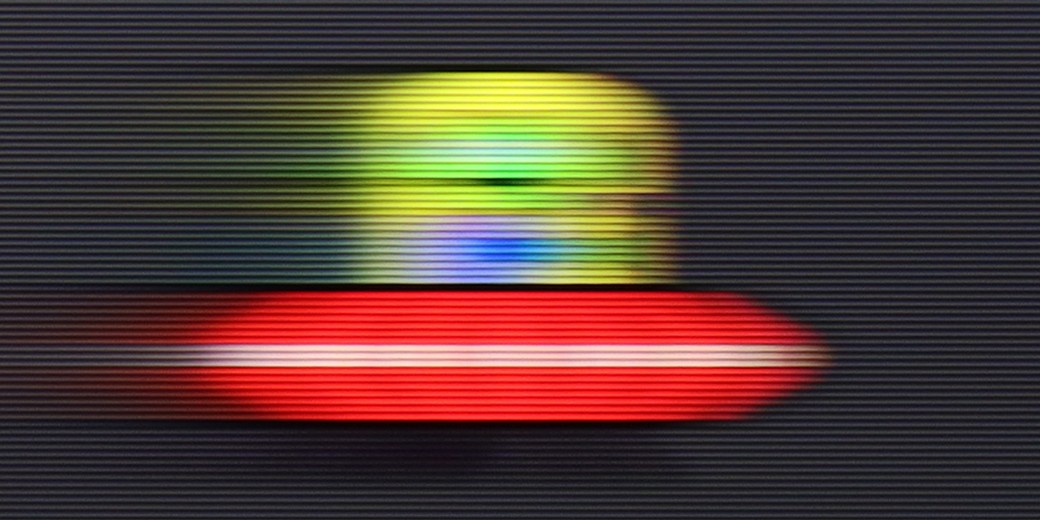
Thanks to the use of a 144 Hz panel, E7NQ PRO performs exceptionally well with almost any type of content. Whether we're watching fast-paced matches, dynamic games or action films – the fluidity of motion leaves a good impression. When it comes to movies, the manufacturer has equipped the TV with two key tools: “motion blur reduction” and “judder reduction.” Each of these functions can be adjusted on a scale from 1 to 10.
At lower values, the processing is subtle, barely noticeable, and gently smooths motion without ruining the cinematic character of the image. The higher we move up the scale, the more clearly the TV interferes with the presented material, smoothing motion more aggressively, thereby minimising any judders or micro-cuts. Conversely, the highest settings can resemble the so-called “soap opera effect,” which makes the image look overly smooth, slightly losing its cinematic atmosphere. Thanks to this scale, however, we can find a happy medium, adjusting motion fluidity to our own preferences.
The Philips PUS8560 is a television equipped with a 60 Hz refresh rate panel, which already limits its capabilities for displaying dynamic content right from the start. Watching sports or playing on a console is not one of the more enjoyable experiences. The situation is further worsened by the absence of any option to improve film fluidity. In the menu, you won’t find settings that would allow for the activation of motion smoothing or even a slight motion blur for films recorded at 24 frames per second. You can imagine the effect. The image can appear choppy, especially in shots with panoramic camera movements.
Console compatibility and gaming features
8.5/10
4.7/10
- ALLM
- VRR
- VRR range48 - 144Hz48 - 60Hz
- Dolby Vision Game Mode
- Correct implementation of HGIG
- 1080p@120Hz
- 1440p@120Hz
- 4K@120Hz
- Game bar

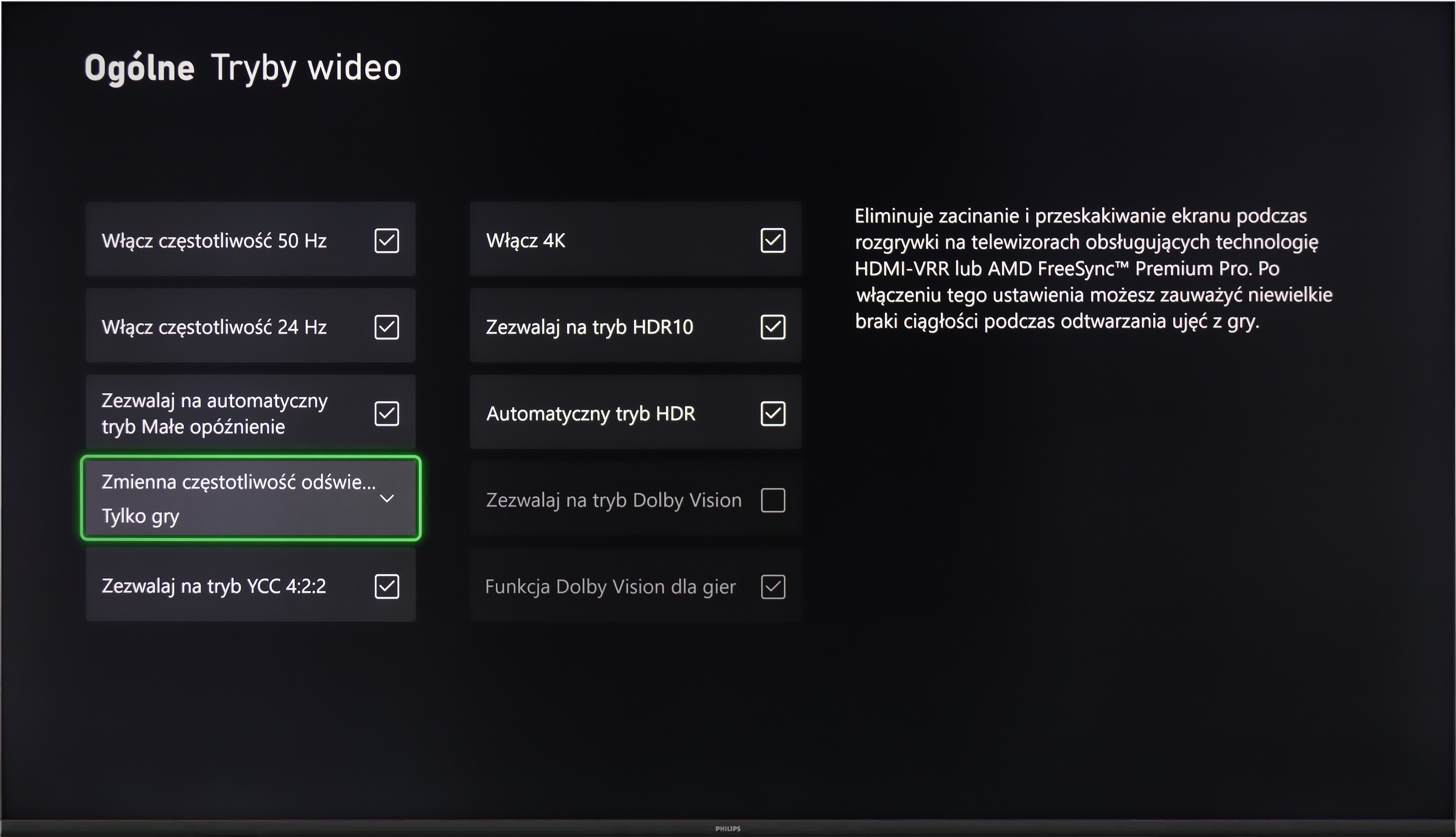

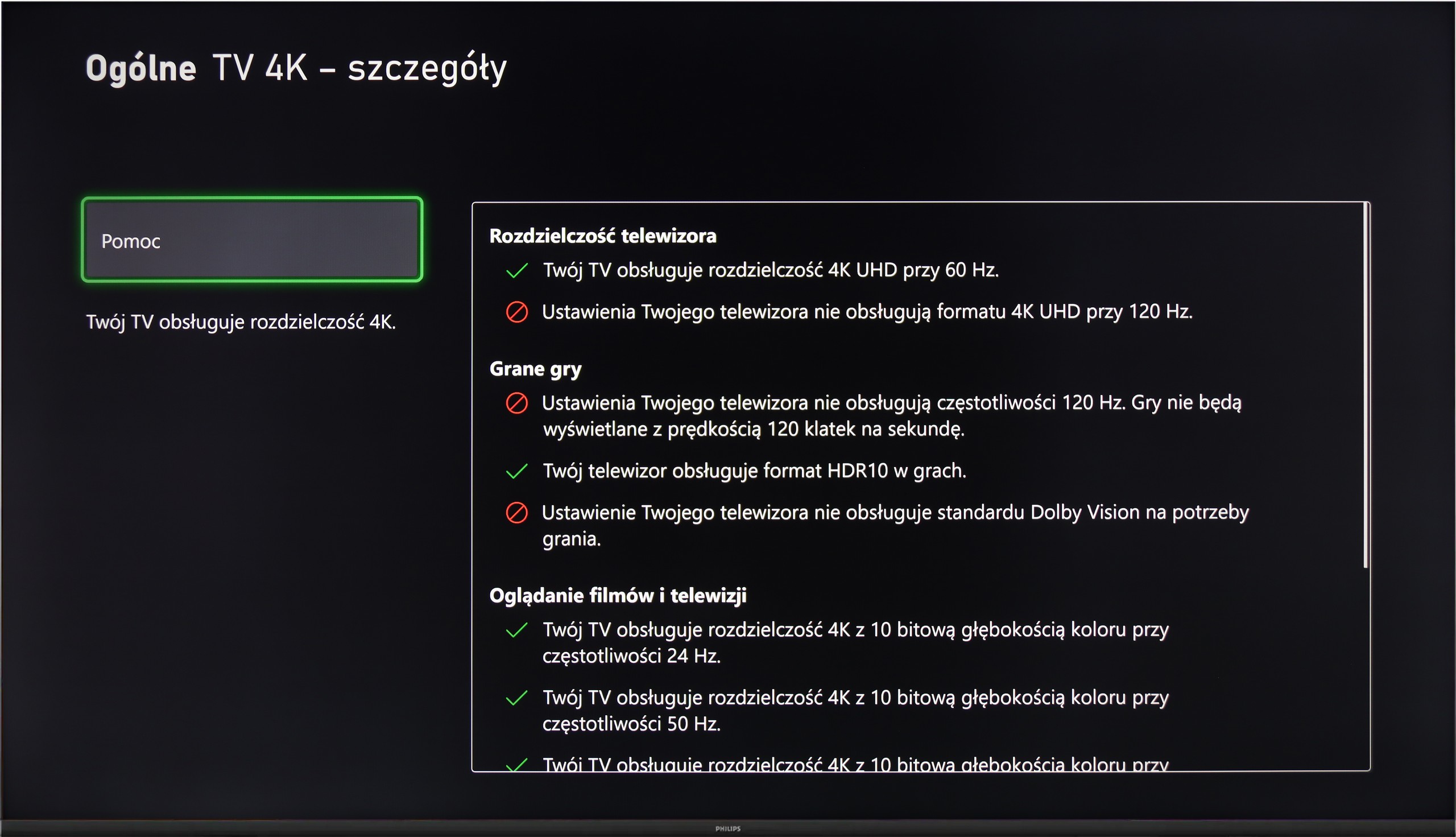

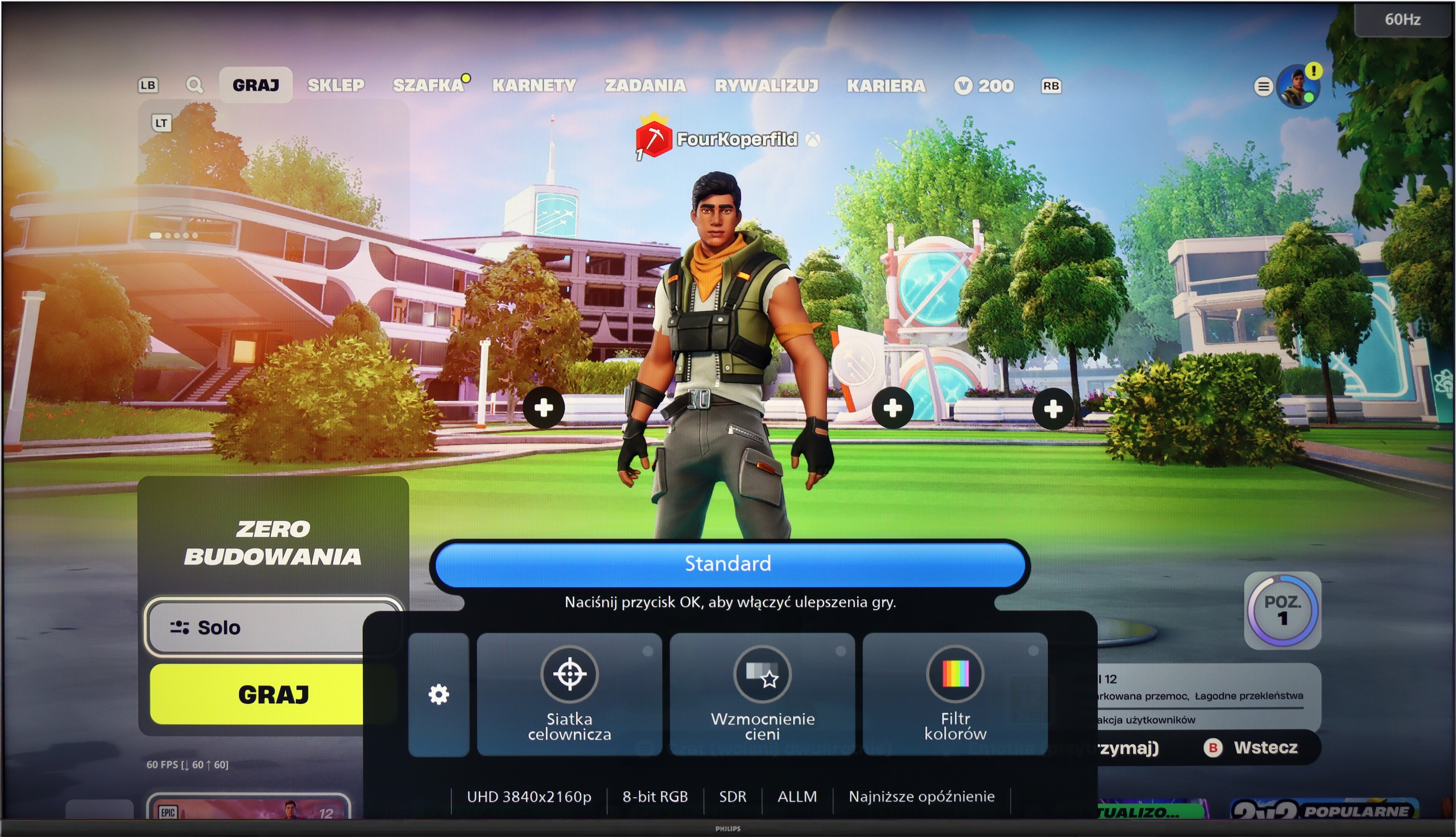

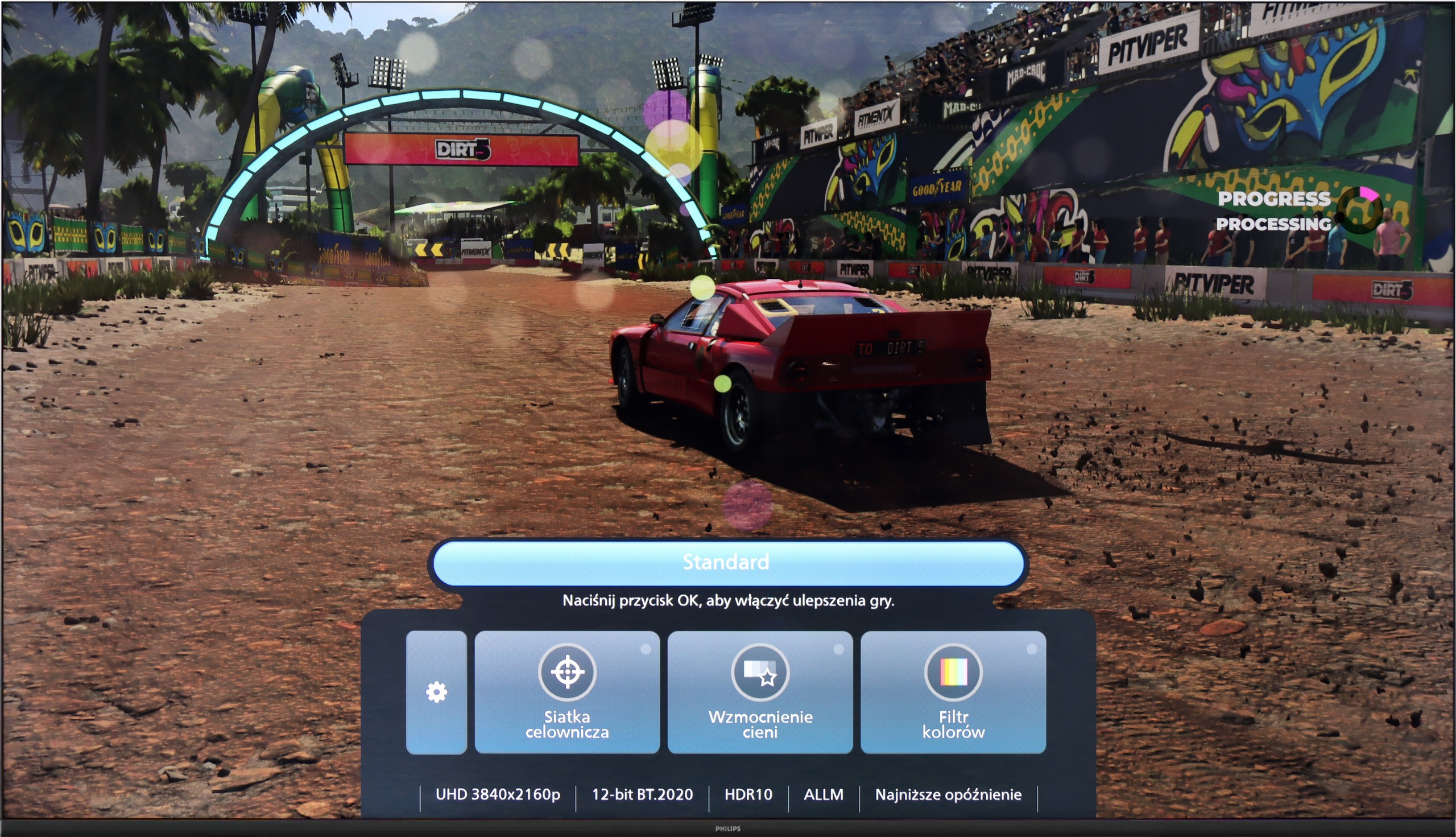
If we sometimes like to turn on the console and immerse ourselves in the world of games for long hours, E7NQ PRO can make a really good impression. Thanks to the 144 Hz refresh rate, the gameplay is surprisingly smooth, and support for HDMI 2.1 and VRR ensures that the image doesn't "tear" even during the most dynamic actions. Additionally, there's ALLM, which automatically sets the lowest latency as soon as we switch to the console – so we don’t have to fiddle around in the options ourselves.
A big plus is also the ability to launch games in Dolby Vision, which makes colors and contrast simply look better. Hisense has also included a clear "gamebar," allowing us to continuously monitor the key parameters and change settings without leaving the game. The only thing we might slightly regret is the lack of HGIG support. It may not be a crucial element, but for some gamers, it can matter if they aim for the most faithful reproduction of the creators' vision. Nevertheless, in practice, the E7NQ PRO performs excellently and delivers truly enjoyable gaming experiences.
Although the Philips PUS8560 is not designed with gamers in mind, the manufacturer has equipped it with a few features that may prove useful when connecting a console. Onboard, we find automatic switching to game mode (ALLM), as well as a simple connection status information bar – the so-called Game Bar. It doesn't make a particularly visual impression, but it serves its purpose. The presence of variable refresh rate (VRR), operating in the range of 48 to 60 Hz, may come as a surprise. This is not a wide range, but for less demanding games or titles with unstable frame rates, VRR can help reduce the tearing effect. However, this is the only element that can be considered beyond the minimum.
It must be clearly stated that the PUS8560 is not equipment for gamers looking for a responsive screen and full support for modern console features. It lacks HDMI 2.1 ports, the refresh rate is limited to 60 Hz, and the panel's response time is not among the fastest. This model may at best suit people who play occasionally and want to enjoy the Ambilight system.
Input lag
9.9/10
10/10
SDR
HDR
Dolby Vision
In this regard, Hisense E7NQ PRO really performs well. At a frequency of 60 Hz, we recorded around 15 ms, and at 120 Hz, the input lag drops to as low as 6 ms, allowing for very quick reactions and smooth controls in games. It's also worth mentioning that even in Dolby Vision mode, the input lag doesn't drastically increase. This means we can enjoy better image quality without sacrificing responsiveness, which will definitely please any avid gamer.
The input lag on the PUS8560 is very good. When we previously mentioned that this screen is rather for the "casual gamer", there's nothing to be ashamed of in this regard – even compared to screens aimed at gamers. Results around 12 ms are truly remarkable, allowing for an enjoyable responsive gameplay experience. It doesn't matter whether we're playing in Full HD or 4K – the lag remains equally low, so if you're after a fast reaction time, the PUS8560 definitely won't disappoint in this area.
Compatibility with PC
7.6/10
5.6/10

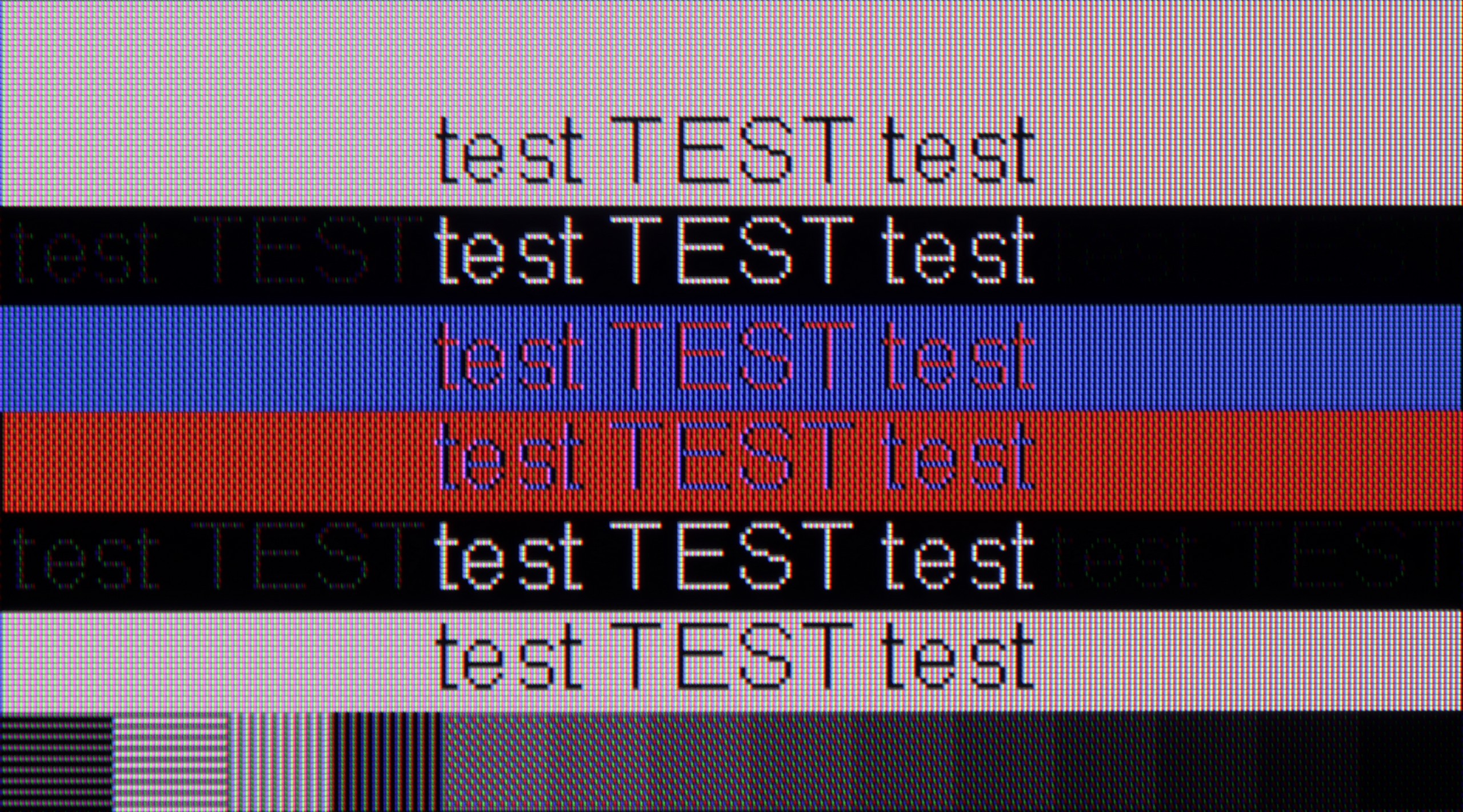
Connecting E7NQ PRO to a computer will give us no reasons to complain. Overall readability of fonts is quite good, although with very thin horizontal lines (the so-called "roofs" of letters), we noticed a slight dimming. It’s not a big issue, but worth mentioning if we plan to spend long hours in text editors or browsing the web.
On the other hand, when it comes to gaming on PC, the TV shows its true colours. Support for G-Sync, connection to a 144 Hz panel, and low input lag ensure that even the most demanding titles run smoothly and responsively. As a result, we have a screen that works well not only with a console but also as a solid "window" into the world of PC entertainment.
If we're talking about working with a PC on the PUS8560, it looks… quite strange. Chroma 4:4:4 is present in “Monitor” mode, but there’s a problem with grey fonts – not all subpixels light up, which makes the text appear jagged. Meanwhile, in “Game” mode, chroma 4:4:4 disappears, but the grey fonts look correct. In practice, we are therefore forced to juggle settings if we want to have perfectly readable text all the time. And what about gaming on a computer? Here our opinion remains unchanged compared to consoles – it’s possible, but without fireworks. There’s no variable refresh rate for G-SYNC graphics cards, and the refresh rate itself remains relatively low. On the plus side, we can once again highlight the very low input lag, which saves the situation in fast-paced games.
Viewing angles
6.5/10
3.3/10
In the case of Hisense E7NQ PRO, viewing angles are definitely a strong point, thanks to the IPS panel. This means that when we look at the screen even from a significant angle, the colours and brightness do not "drop off" as much as they do in TVs with VA panels. Of course, compared to OLED or QD-OLED screens, where the image remains virtually unchanged from any side, IPS still comes up short. Nevertheless, among LCD TVs, it is difficult to find a solution that guarantees such good viewing angles as those offered by IPS. Unfortunately, everything has its price – in this case, one must come to terms with average black levels and lower contrast.
The viewing angles on the PUS8560 are exactly what you'd expect from a VA panel - it's not the best. The image loses quality even with a slight shift off-axis – colours become washed out, and blacks start to resemble a dark navy. This is, of course, the price for the better contrast that VA offers head-on. In the case of our 55-inch model, it can still be acceptable, especially if the TV is positioned perfectly in front of the couch. But with larger screens or a less central setup in the living room – it could be a problem for comfortable viewing.
TV efficiency during daytime
6.2/10
4.9/10

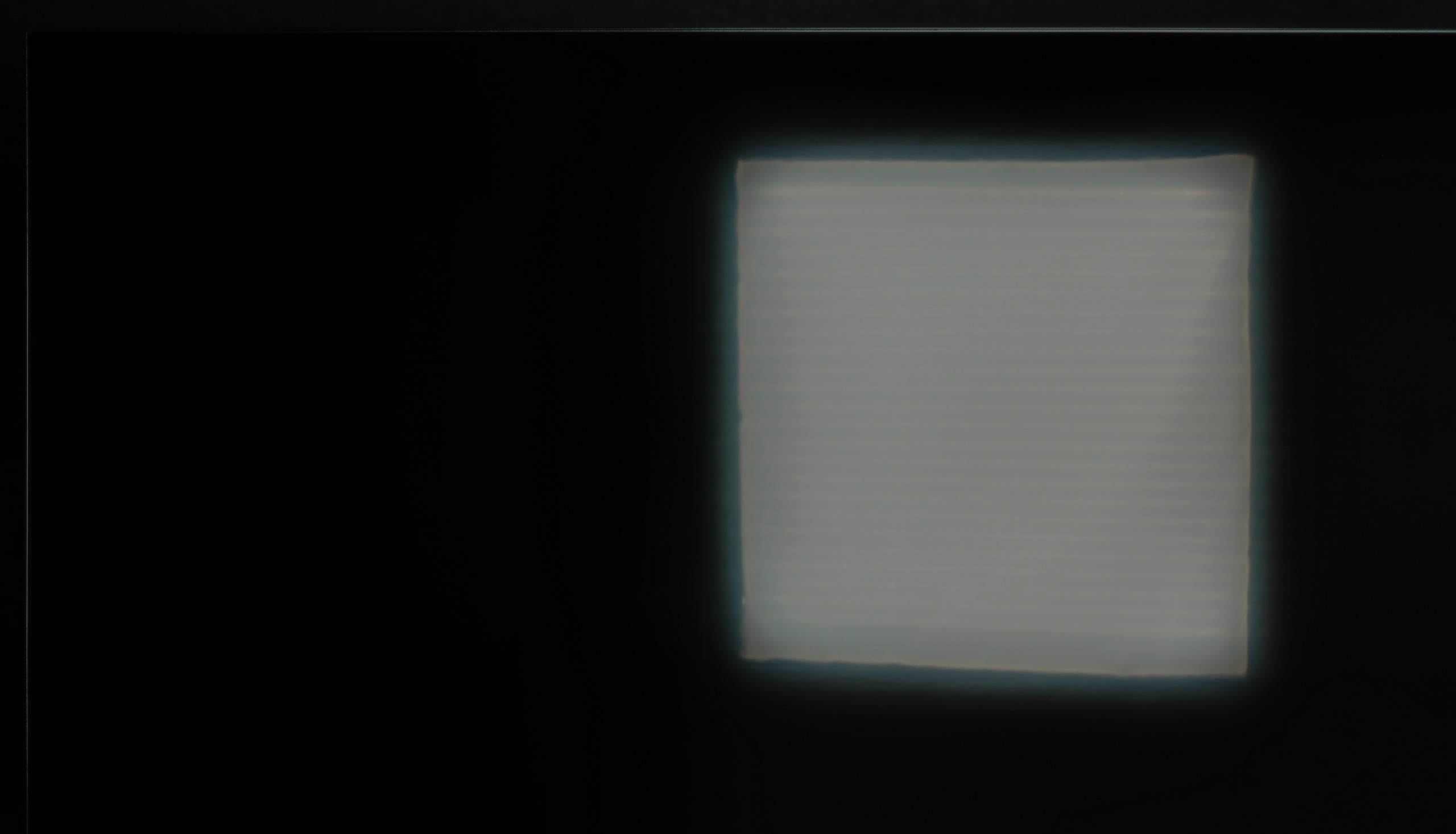

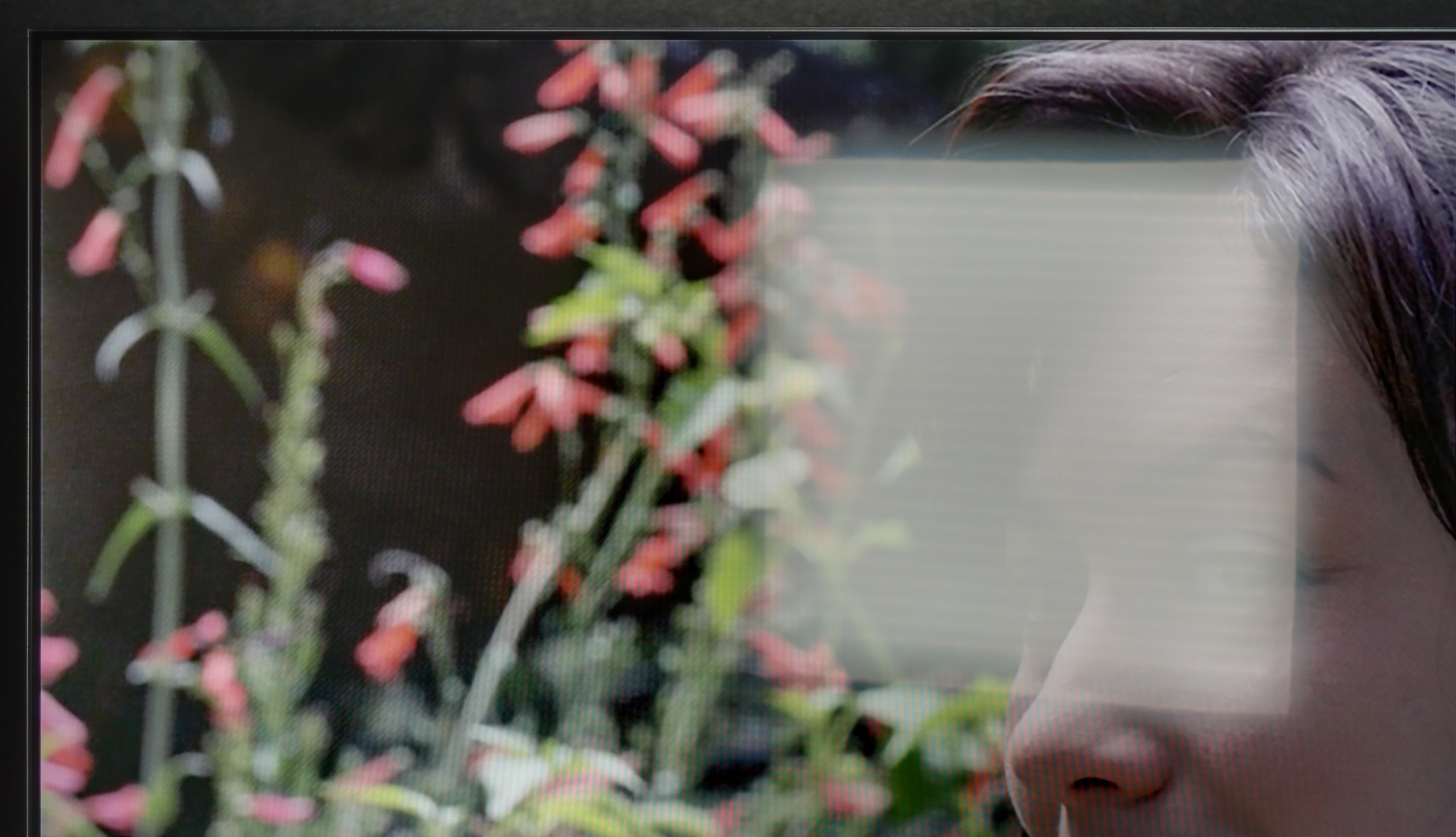
Matrix brightness
Average luminance SDR
Philips PUS8500 : 331 cd/m2
Hisense E7NQ PRO: 478 cd/m2
On a bright day, E7NQ PRO performs quite well. The "satin" panel diffuses light effectively, so reflections and glare don't turn into distracting "spots" on the screen. With average brightness at around 500 cd/m², you can comfortably watch television in a sunlit room without much struggle to see details or clear content. It may not reach the level of the top premium models, but in everyday use, it still performs pretty decently.
The PUS8560 performs reasonably well during the day... moderately. The satin finish of the panel does a pretty good job of reducing reflections, which means that light from windows or lamps doesn't interfere too much. The black levels also look decent for a VA panel – even in daylight, there aren't significant contrast losses. But the magic fades when it gets really bright. The panel's brightness is around 300 nits, which is definitely too little to speak of full comfort in a heavily sunlit room. In such conditions, the PUS8560 simply needs to be complemented with blinds – otherwise, the picture starts to look quite washed out.
Details about the matrix
Subpixel Structure:

Panel uniformity:


Hisense E7NQ PRO
Philips PUS8500
TV features
8.9/10
4.9/10
- HDMI inputs2 x HDMI 2.0, 2 x HDMI 2.1 48Gbps3 x HDMI 2.0, 0 x HDMI 2.1
- Other inputsRCA (Chinch)
- OutputsToslink (Optical audio), eARC (HDMI), ARC (HDMI), Mini-Jack (Headphones)Toslink (Optical audio), eARC (HDMI), ARC (HDMI), Mini-Jack (Headphones)
- Network InterfacesWi-Fi 2.4GHz, Wi-Fi 5GHz, Ethernet (LAN) 100MbpsWi-Fi 2.4GHz, Wi-Fi 5GHz, Ethernet (LAN) 100Mbps
- TV receptionDVB-T, DVB-T2, DVB-S, DVB-S2, DVB-CDVB-T, DVB-T2, DVB-S, DVB-S2, DVB-C
Classic features:
- Recording to USB (terrestrial TV)
- Recording programming
- Picture in Picture (PiP)
- RF remote control (no need to aim at the screen)
- Backlit remote control
- Teletext
- Audio only mode
- Possibility to connect Bluetooth headphones to the TV
- Possibility to simultaneously use Bluetooth headphones and the TV speaker
Smart features:
- AirPlay
- Screen mirroring (Windows Miracast)
- Wyszukiwanie głosowe
- Voice search in native language
- Ability to connect a keyboard and mouse


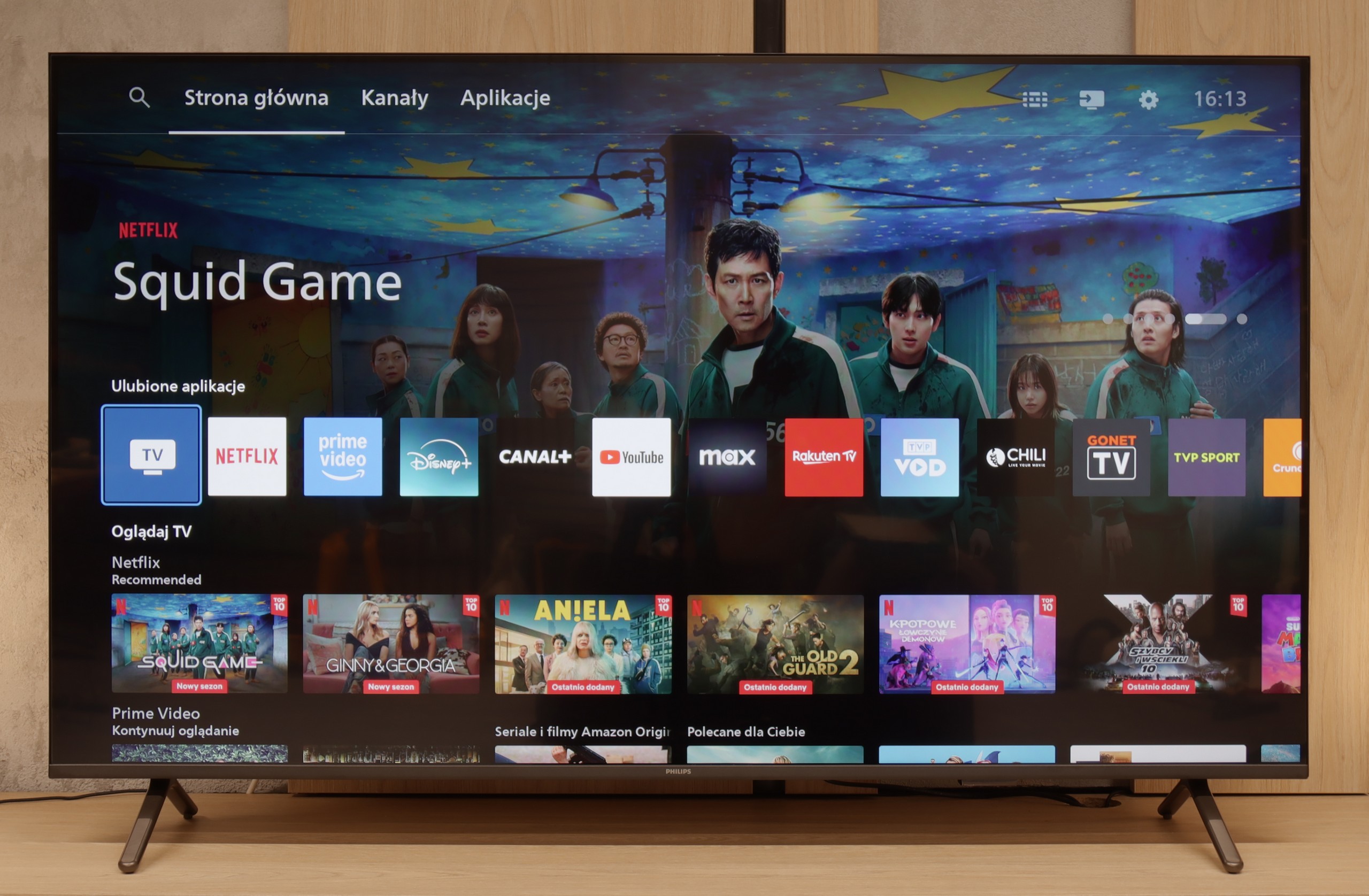
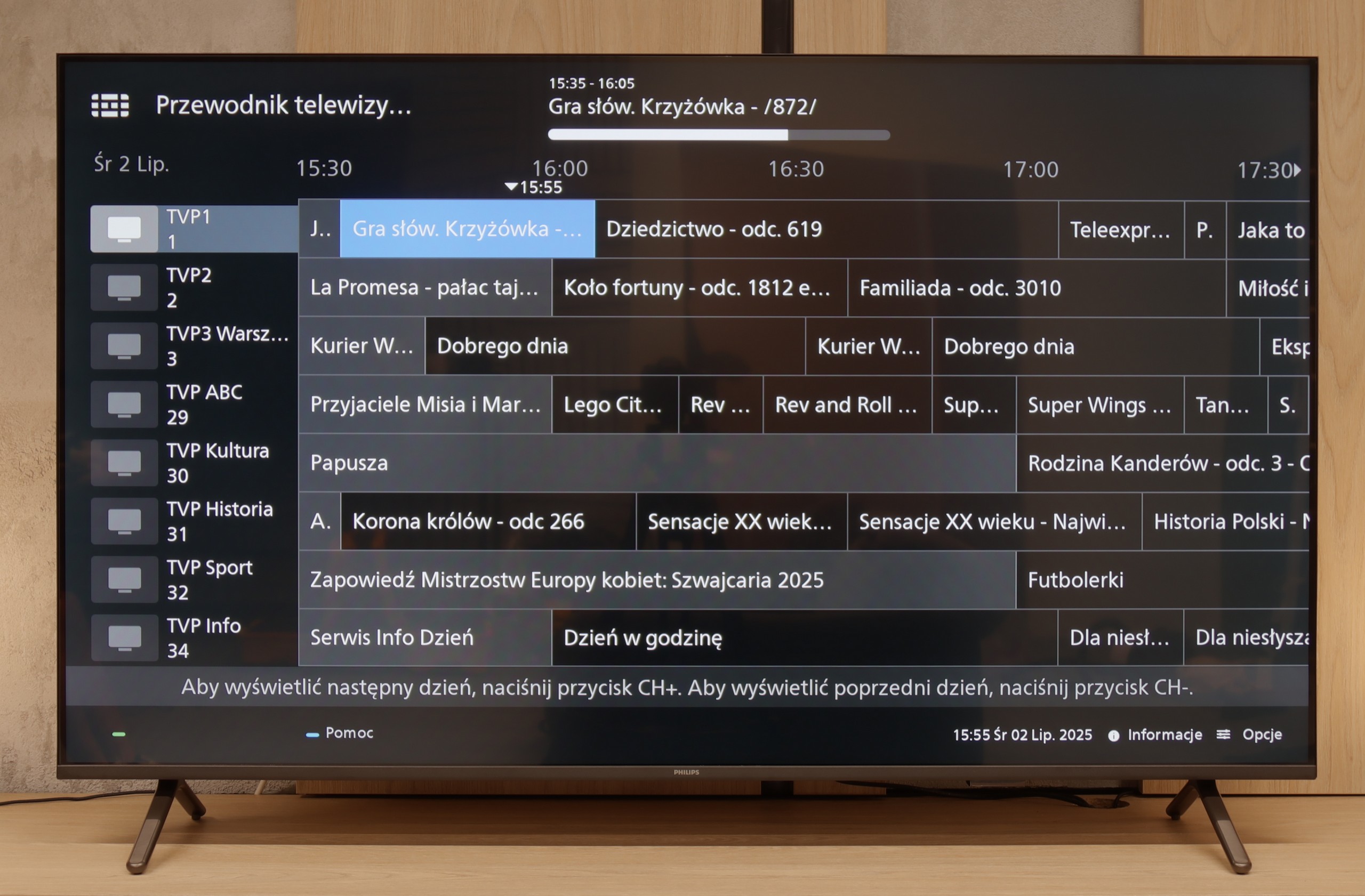
Hisense E7NQ PRO operates on the VIDAA system, which has recently made significant progress. You'll find most popular applications here, although unfortunately, some music platforms, such as Spotify and Tidal, are missing. Nevertheless, navigating the menu is quite pleasant, and the responsiveness is at a satisfactory level. Yes, there are occasionally minor 'stutters', but it's not something that will ruin our experience of everyday use.
On the plus side, we can count on support for voice search in Polish, which makes it easier to find favourite content without the tedious typing of letters one by one. The TV also offers plenty of additional options: we can record programs, use AirPlay and mirroring, and enjoy extensive wireless connectivity features (Wi-Fi and Bluetooth). It may lack a backlit remote control or Picture-in-Picture (PiP) mode, but those are relatively niche features, so not many will actually feel their absence. In everyday use, we simply have a solid base of useful tools and convenient solutions.
Classic TV Features:
If you’re looking for a TV that, in the basic sense, “works” – the PUS8560 will fill that role. In terms of classic features, we have a rather minimalist set. On the plus side, there’s an electronic program guide (EPG), teletext, a backlit remote with a classic numeric keypad, and a headphone jack input. It sounds a bit like a dream set for seniors – and there’s some truth to that. However, it must be said clearly: this is a TV with very limited capabilities. We won’t find USB recording from DVB tuners here, and there’s no Picture-in-Picture mode or other conveniences known from more expensive models.
Smart TV:
How does SmartTV fare on the PUS8560? Well, it gets a bit trickier here. The PUS8560 runs on the Titan OS, which in this particular implementation posed significant issues. Some functions, though present “on paper,” simply didn’t work. For example: Wireless screen mirroring features like Chromecast or Miracast – we tried to activate them with several different phones and laptops… without success. Perhaps this will be fixed in the future, but at the time of testing – it didn’t work. Also, the speed of the system left much to be desired – switching applications or home screens was simply slow. A substantial portion of the functions in the menu seem to be heavily hidden in the depths of a poorly organised system. To make matters worse, the library of available applications is quite limited. Although the situation with apps is better than last year, it’s still far from ideal. A modern remote tries to save the situation – slim, elegant, backlit and really well-made. Unfortunately, it operates on classic infrared, so you have to aim it at the screen. The only exception is voice control, which works via Bluetooth… it’s just a pity it doesn’t support Polish.
Playing files from USB
5.2/10
8/10
Supported photo formats:
Maximum photo resolution:

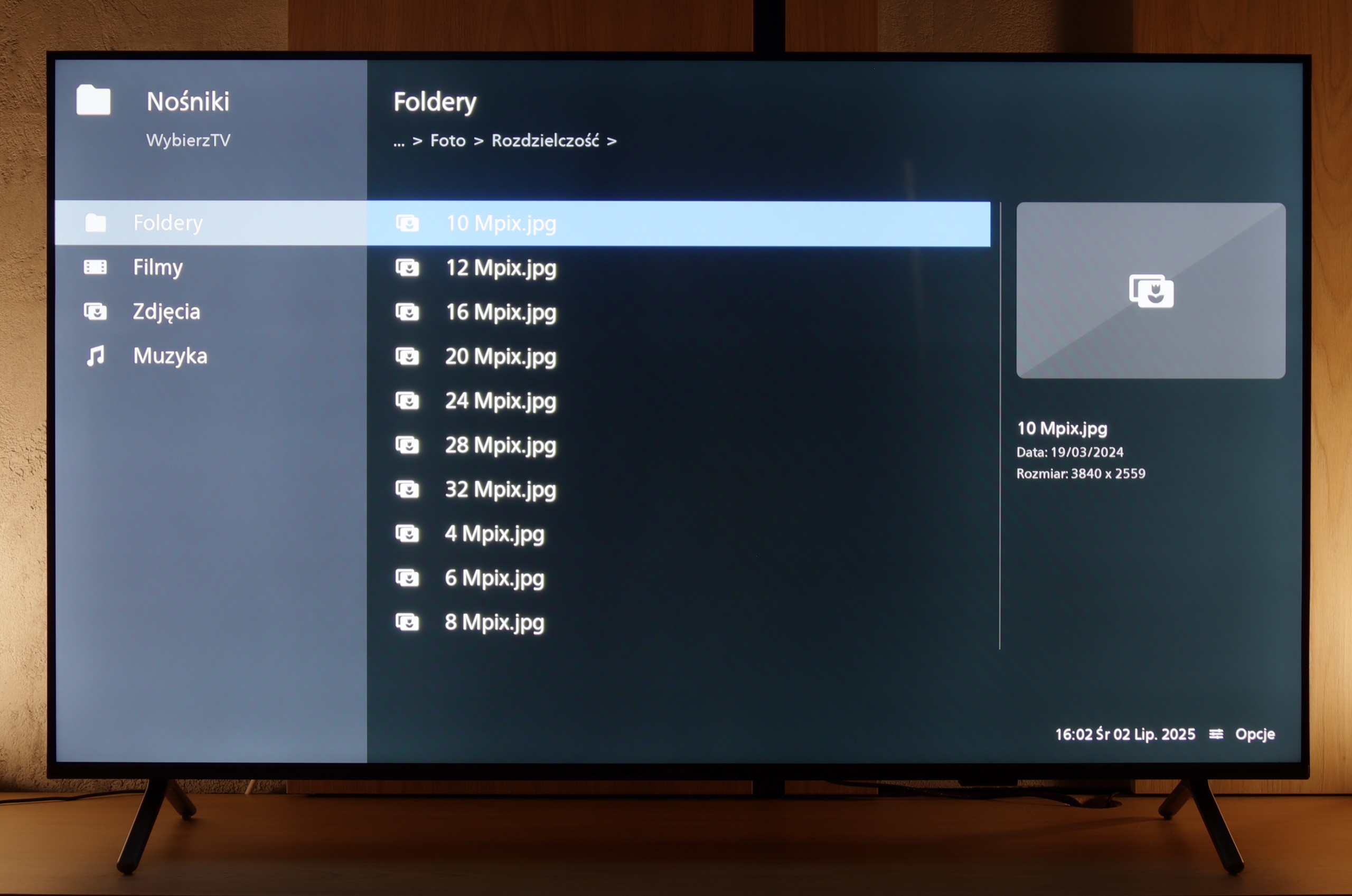
If we're counting on comfortable viewing of films with subtitles straight from a USB drive, we might unfortunately be disappointed. Just like in the previously tested A7NQ, here we encounter quite an odd situation: the TV doesn't display subtitles, even if we correctly place them on the storage device and try different formats. Paradoxically, we find options to change the colour and appearance of the font, but as they say – what's the point if we still can't see anything?
In the case of other files, such as photos or music, the E7NQ PRO manages without major issues, playing the most popular formats without a hitch. Unfortunately, for those wanting to use the TV as a multimedia player, the lack of functioning subtitles is a significant inconvenience.
PUS8560 handles most popular video and audio formats from USB memory without much hassle, so there's no need to elaborate on individual compatibilities. In everyday use, it should just work – and it does. The only thing worth noting is the handling of images. Although the television easily recognises popular extensions, with very high resolution graphic files, there are times when some images simply won't display. It might not be a major issue, but it's good to keep it in mind, especially if we want to view photographs straight from the camera. Besides that, PUS8560 shouldn't have any major problems playing files from USB.
Apps
7.7/10
4.6/10














































Sound
7/10
6.2/10
- Subjective sound quality:7/106.2/10
- Dolby Digital Plus 7.1:
- Dolby True HD 7.1:
- Dolby Atmos in Dolby Digital Plus (JOC):
- Dolby Atmos in Dolby True HD:
- DTS:X in DTS-HD MA:
- DTS-HD Master Audio:
When it comes to the built-in speakers, Hisense E7NQ PRO pleasantly surprised us. Of course, it's not on the level of a decent soundbar or home cinema setup, but in everyday conditions, it performs really quite well. During our tests, the dialogue remained clear, and the sound was sufficiently clean and spacious that we didn't feel the need to immediately invest in additional audio equipment.
The support for multiple audio formats is also a plus – from Dolby Atmos to the less common DTS:X. This means that if we come across suitable source materials, we can count on a more immersive, spatial experience. Although in terms of sound, it still mainly remains at the level of a decent baseline, Hisense E7NQ PRO should satisfy most users who simply want to turn on the TV and hear clear, uninterrupted audio.
The television sounds quite pleasant, and it can confidently be said that the audio level will be fully adequate for most users – for both watching daily programs and enjoying an evening binge of a series. Moreover, it's a nice surprise that even in such an affordable Philips series, they decided to acquire licenses for full audio formats such as Dolby Atmos and DTS. This is great news for home theatre and soundbar owners, as it means complete compatibility and no need to "fiddle around" with connecting external devices.


